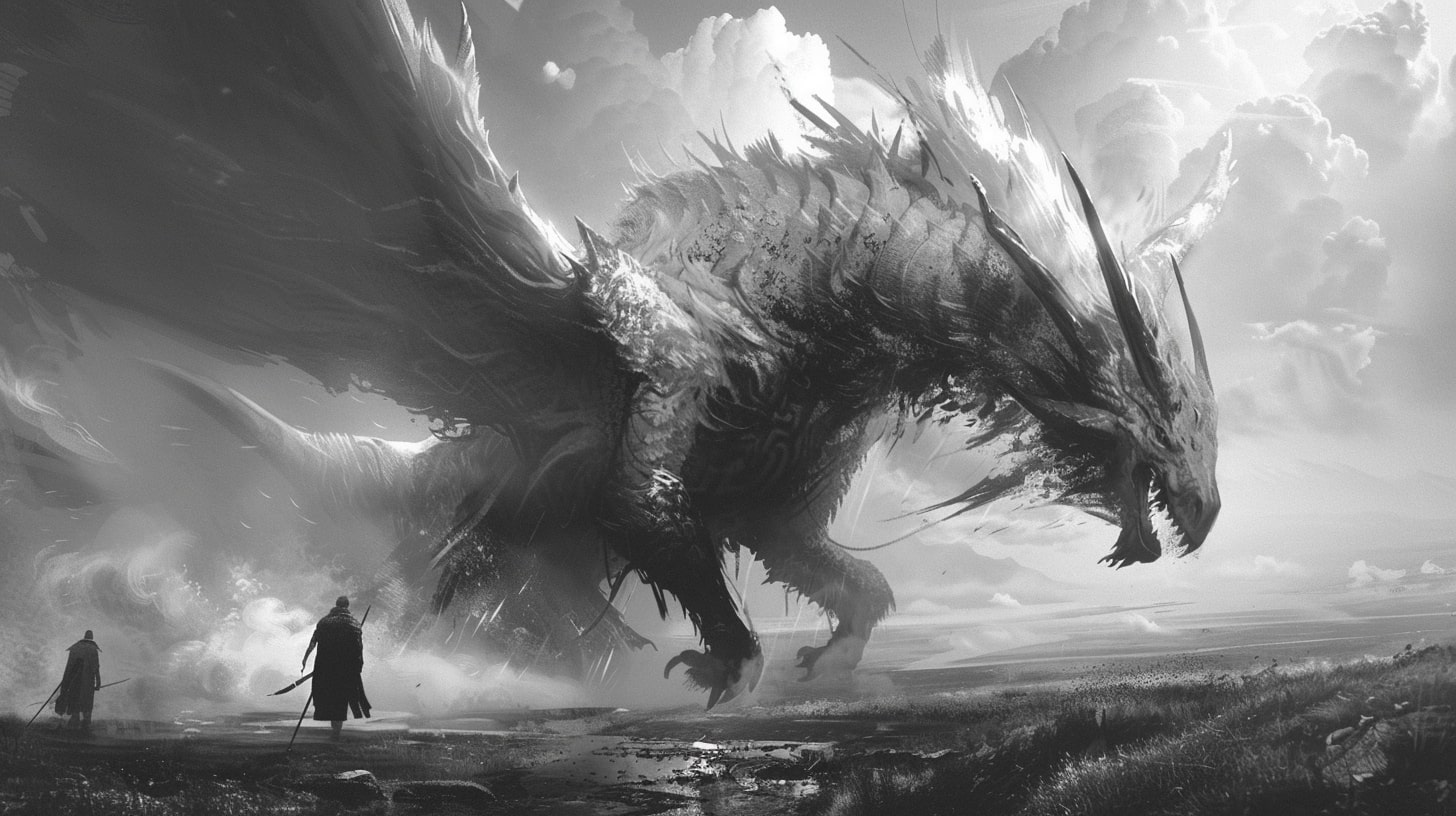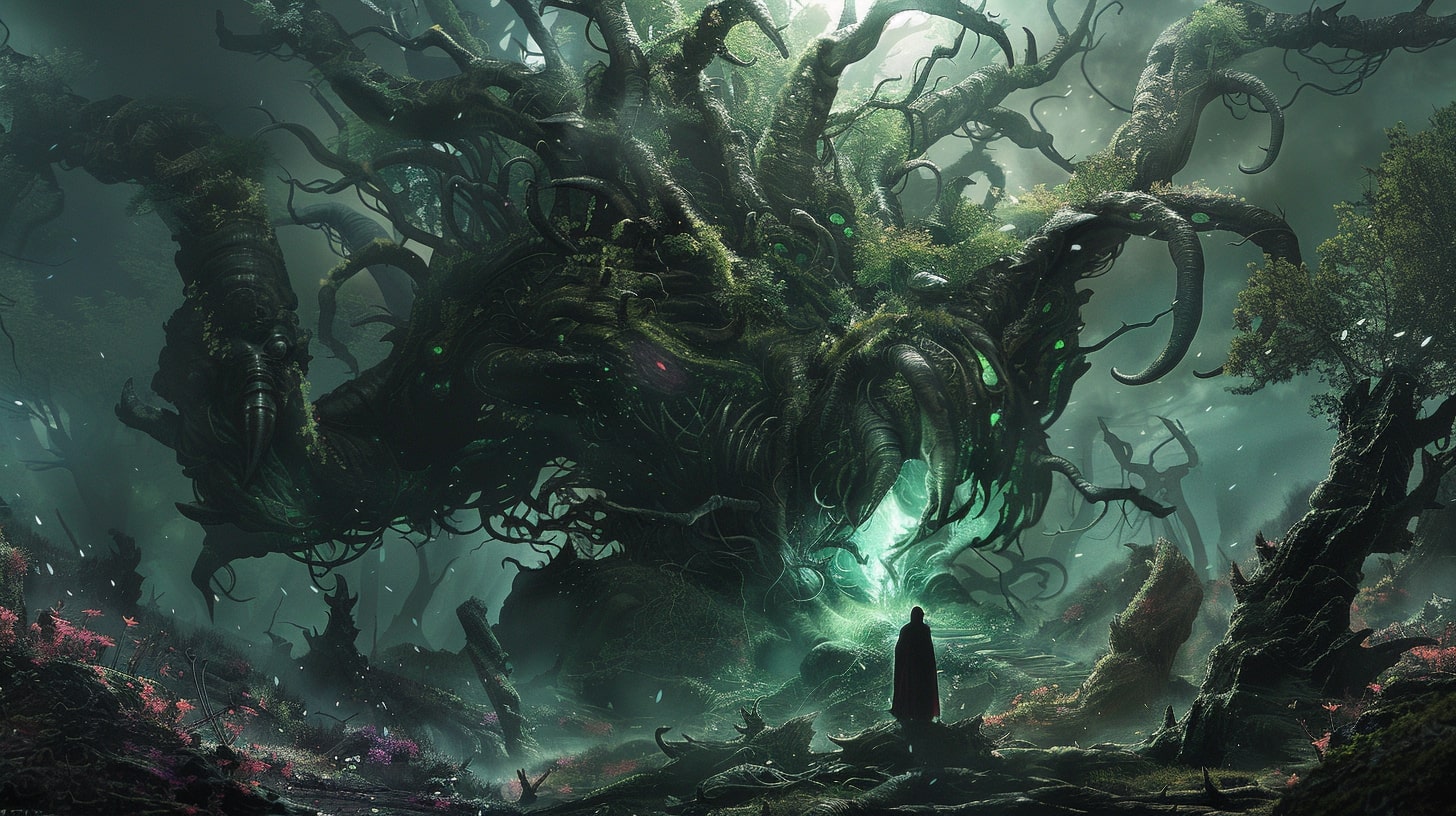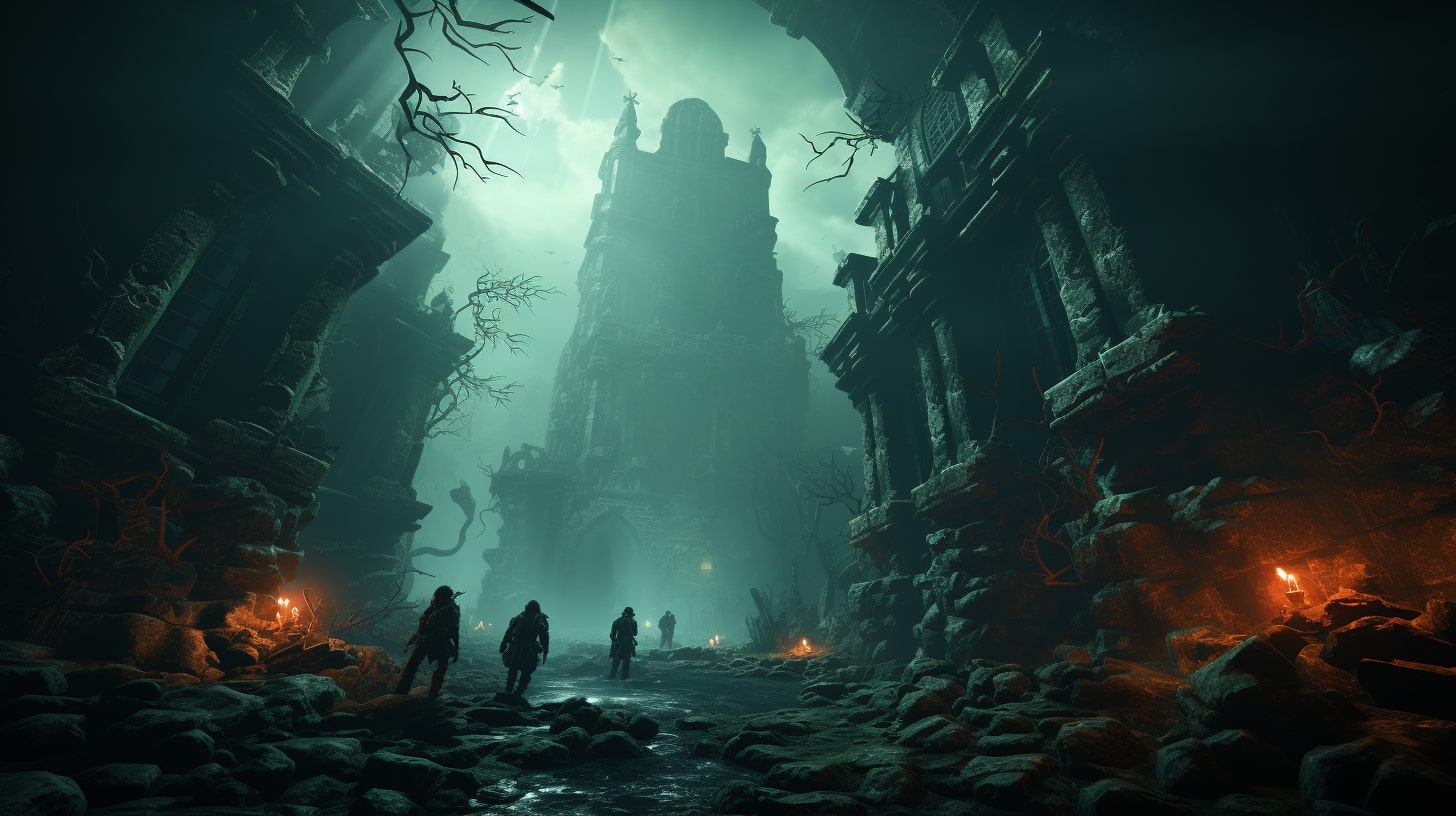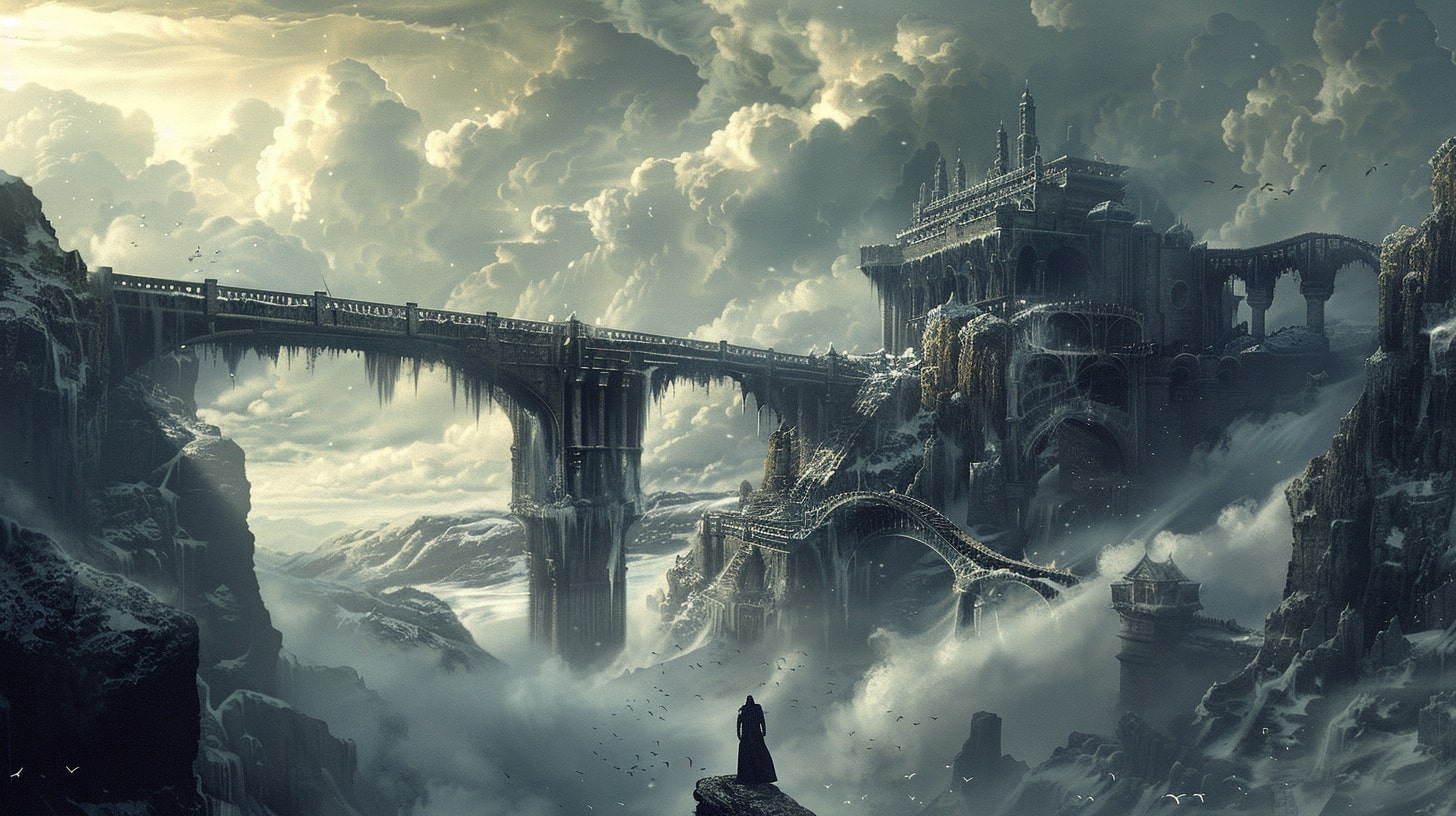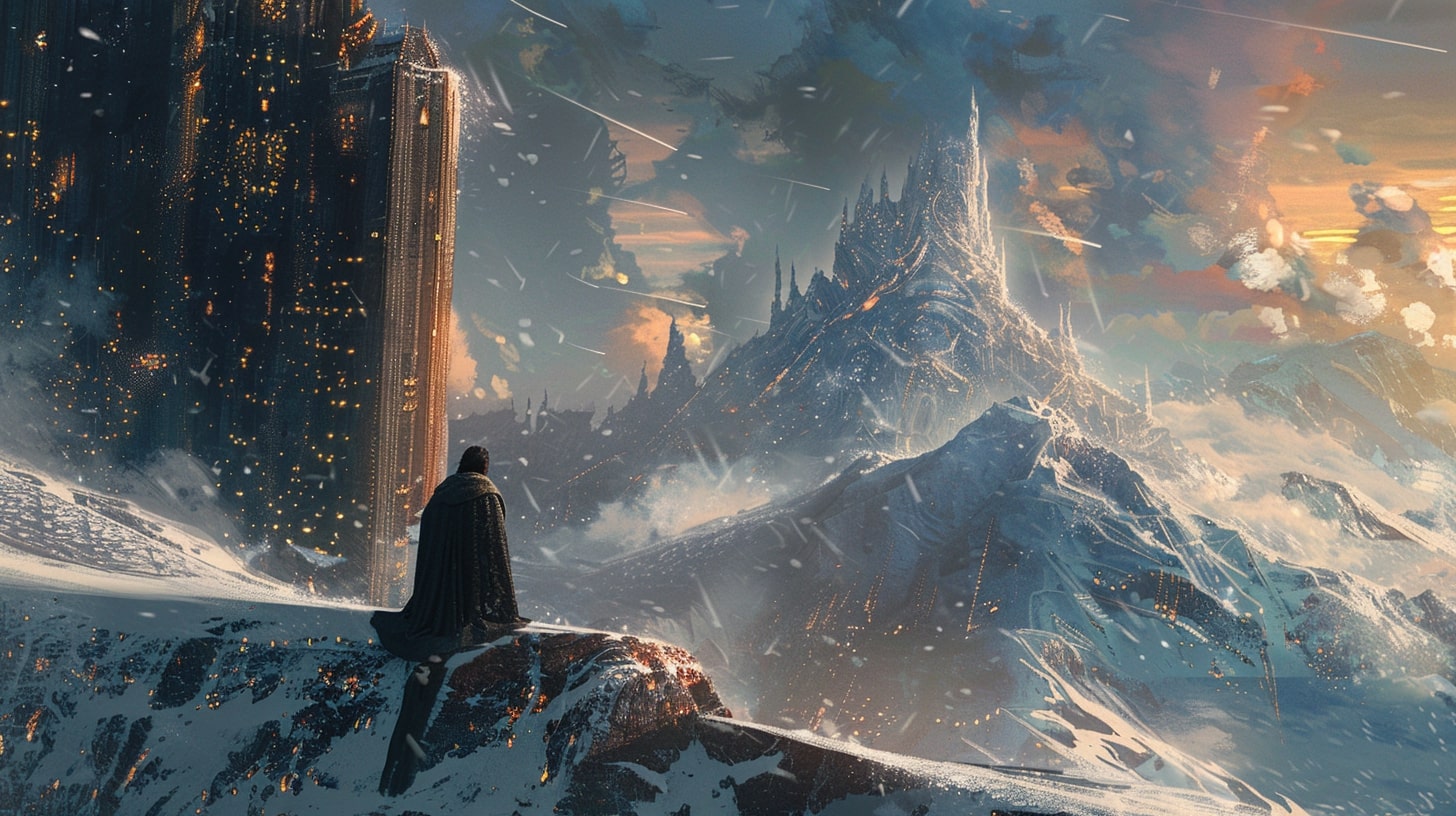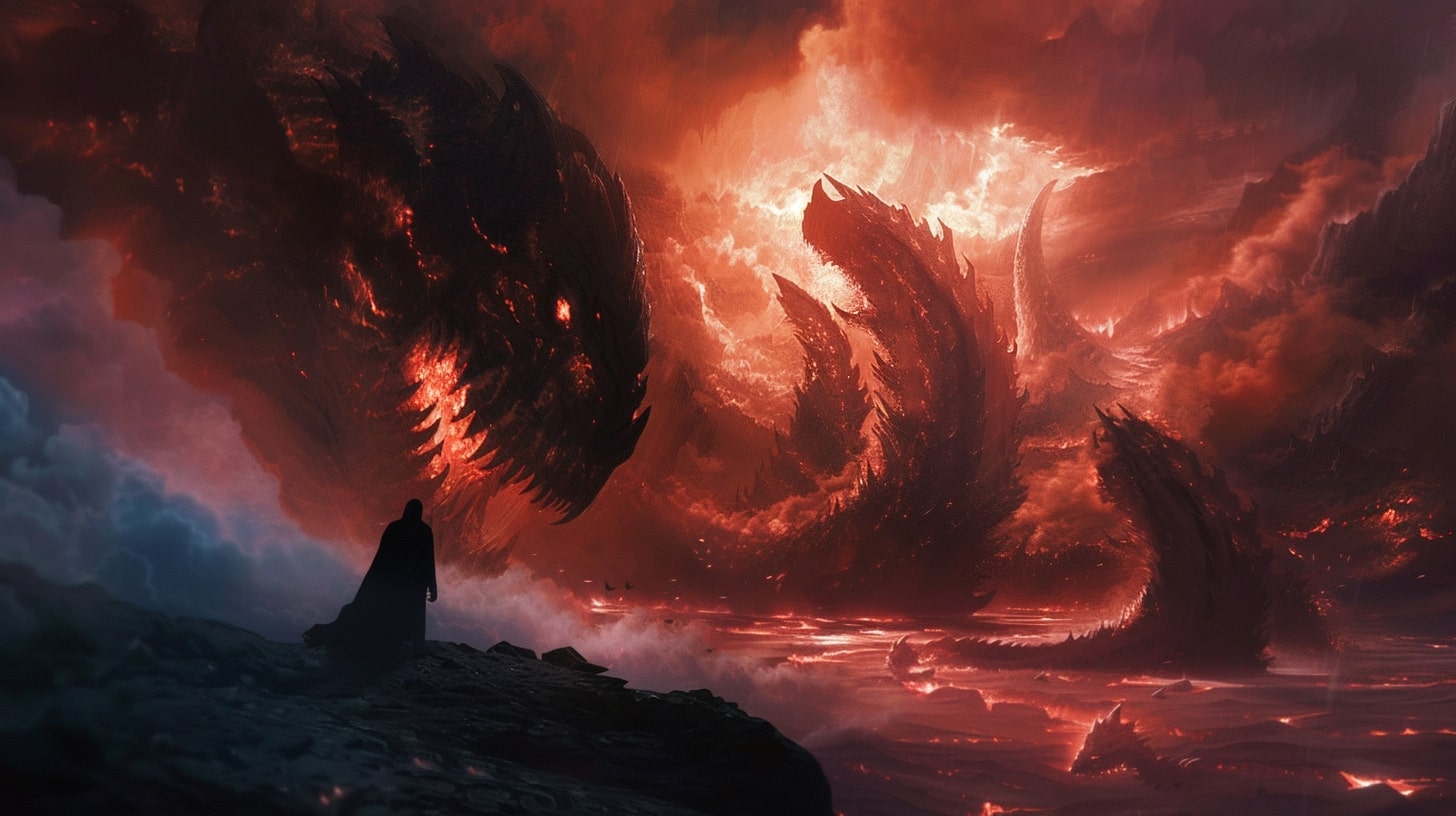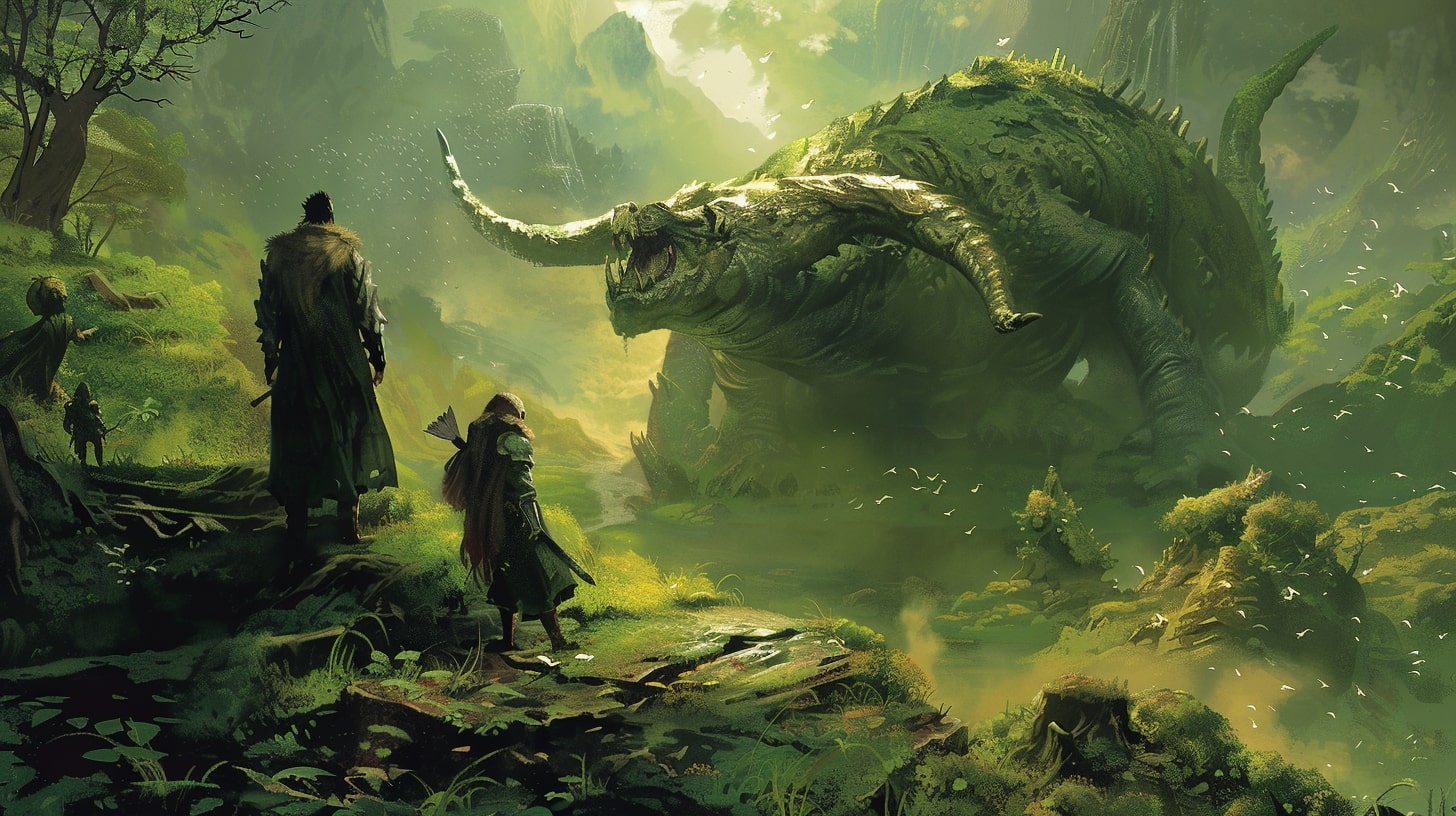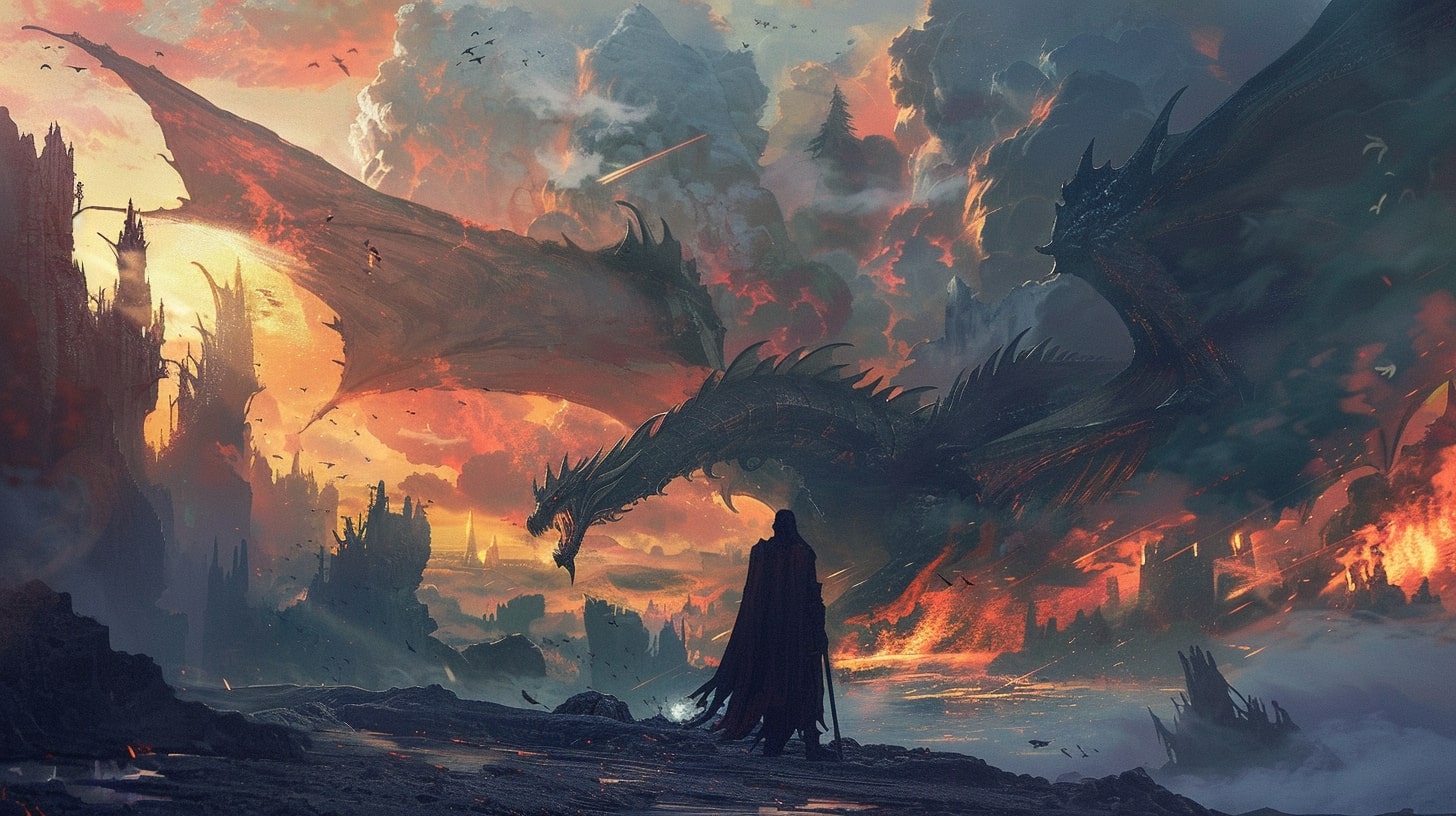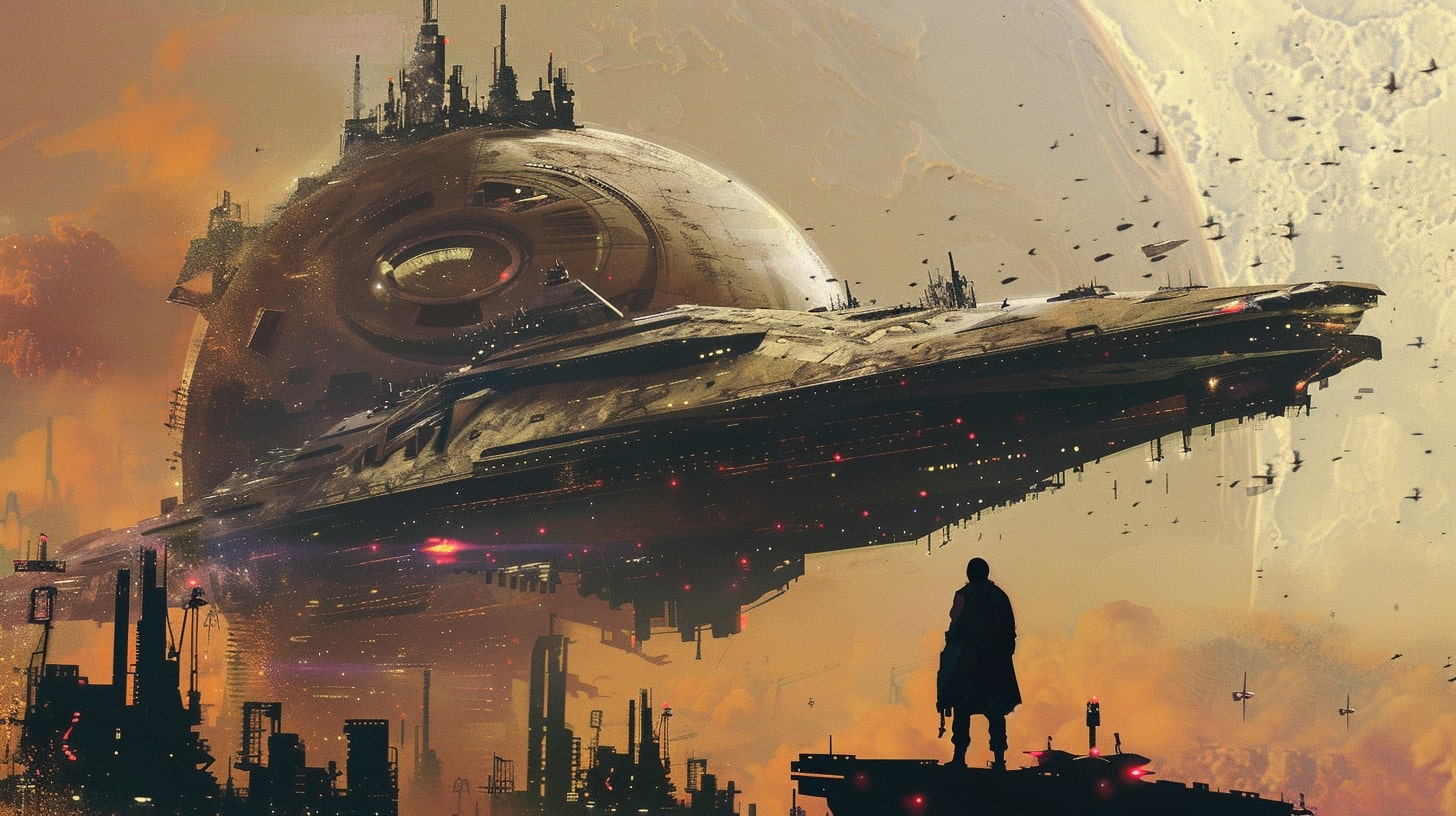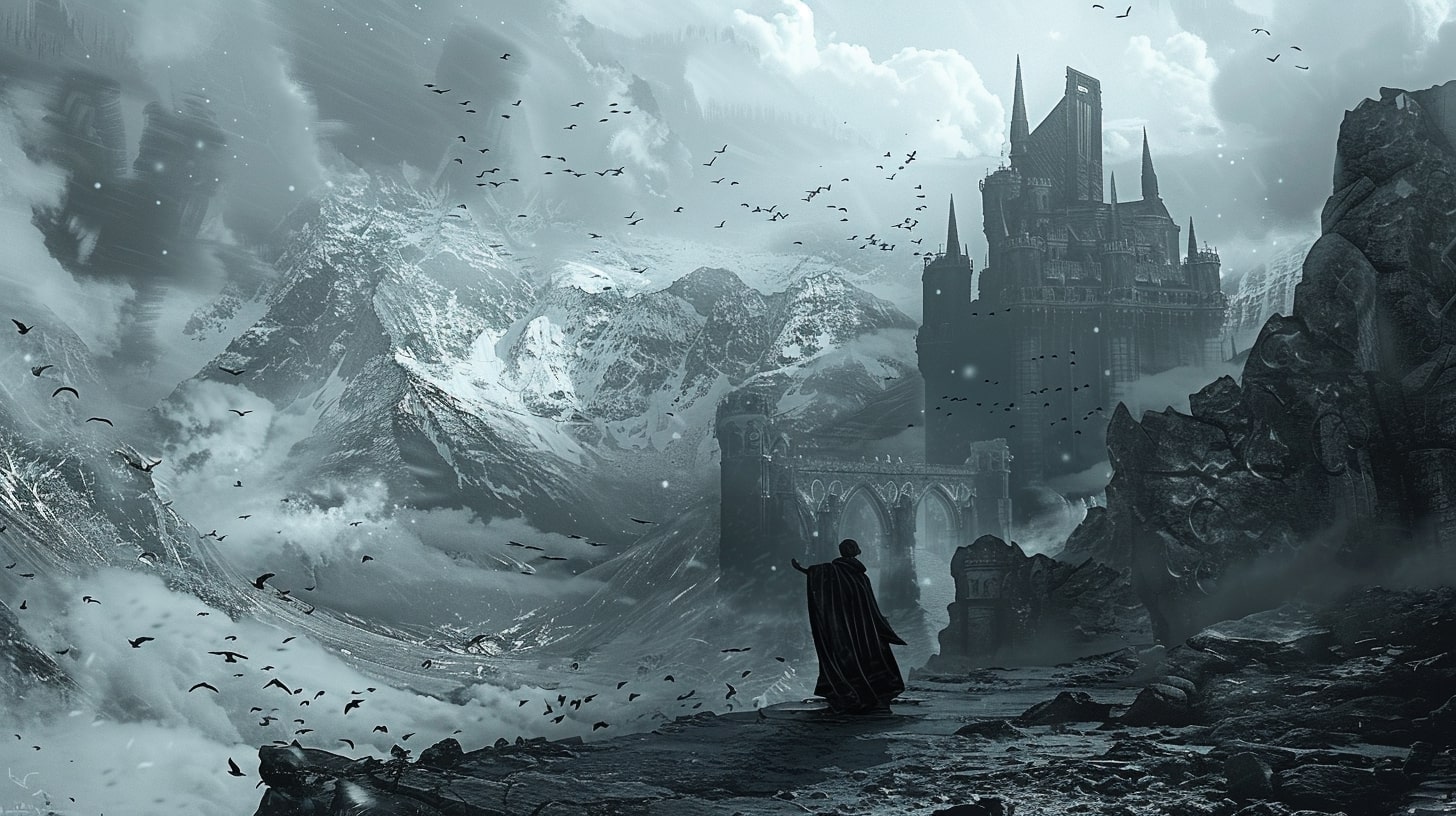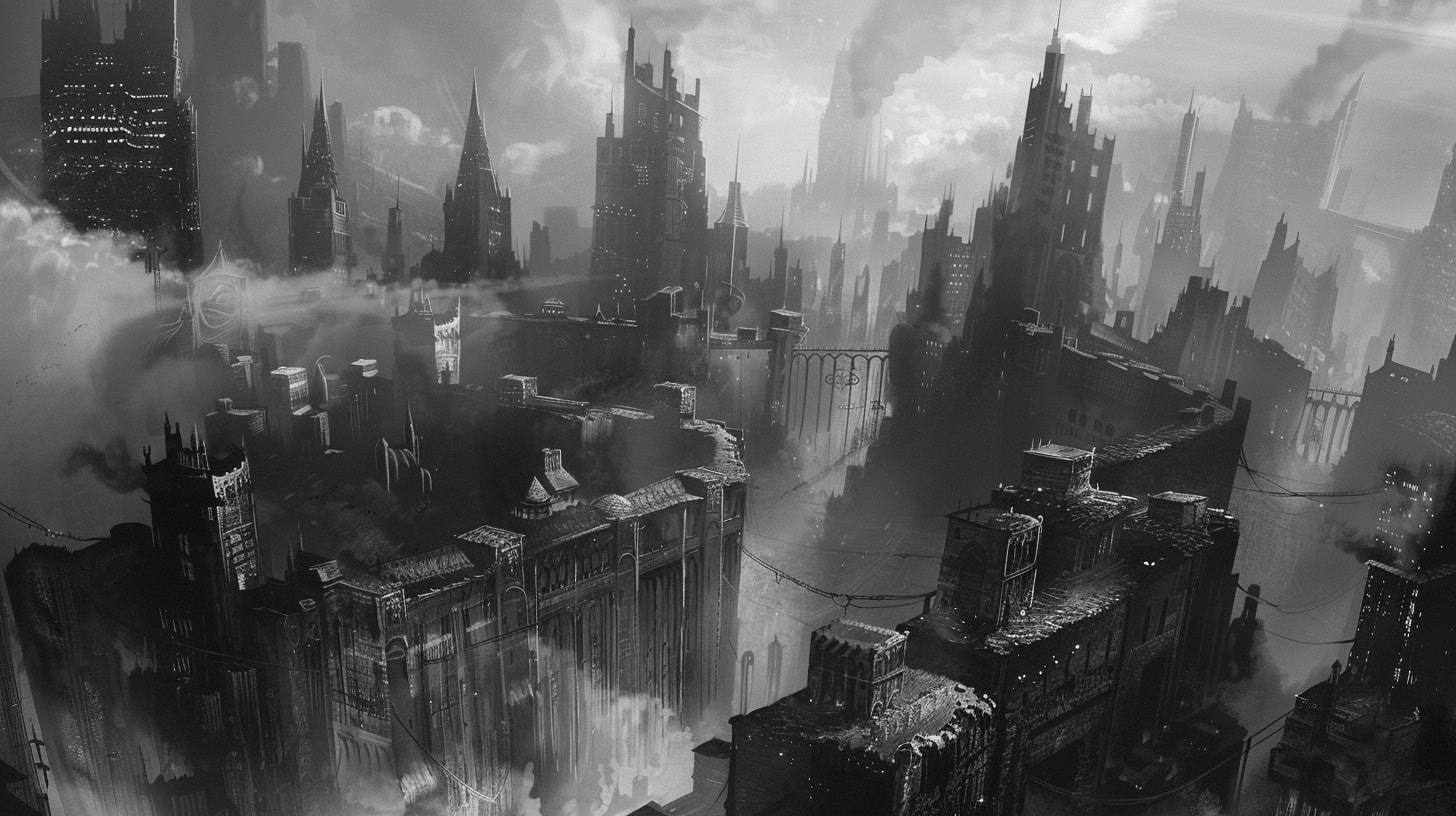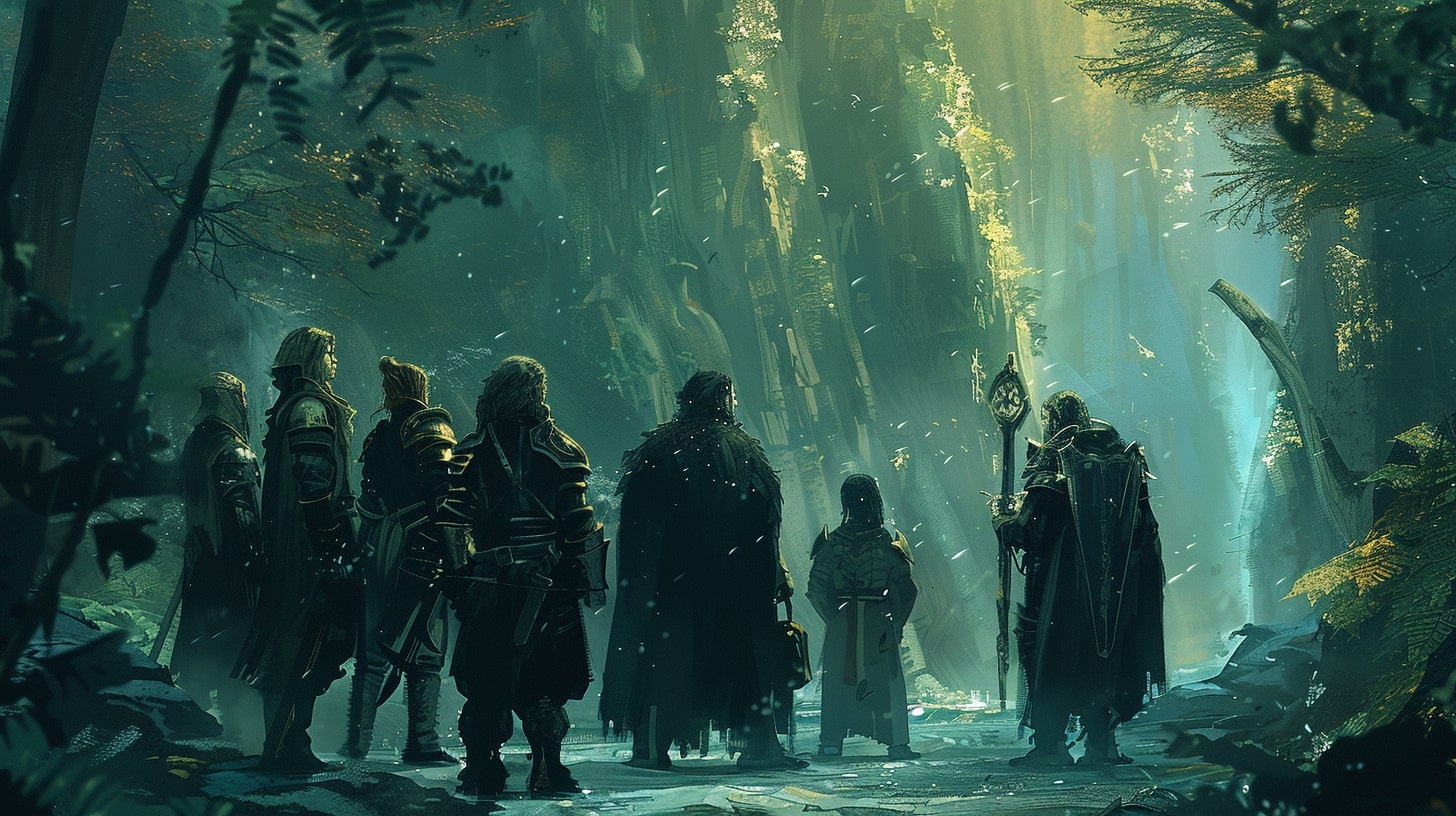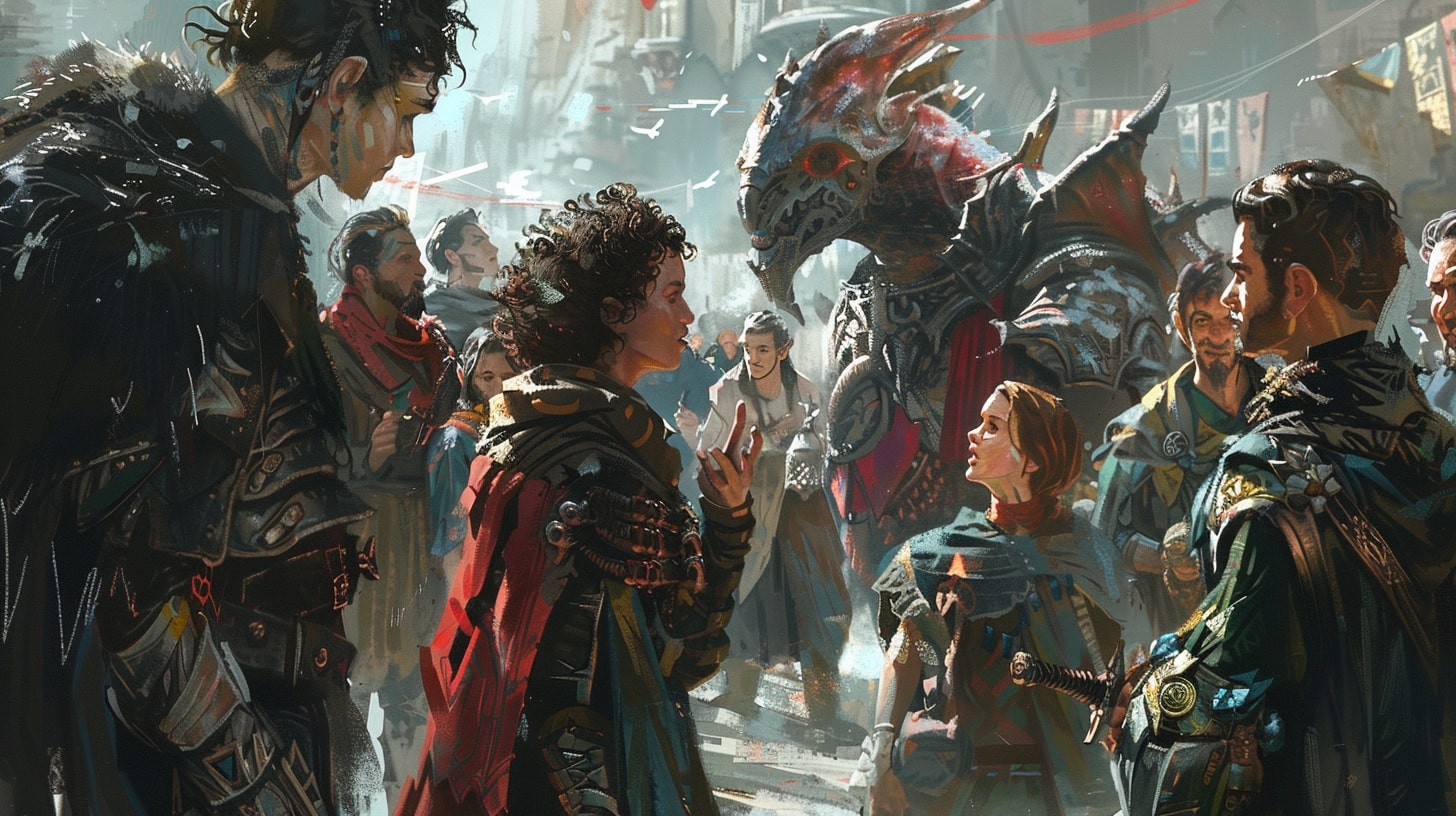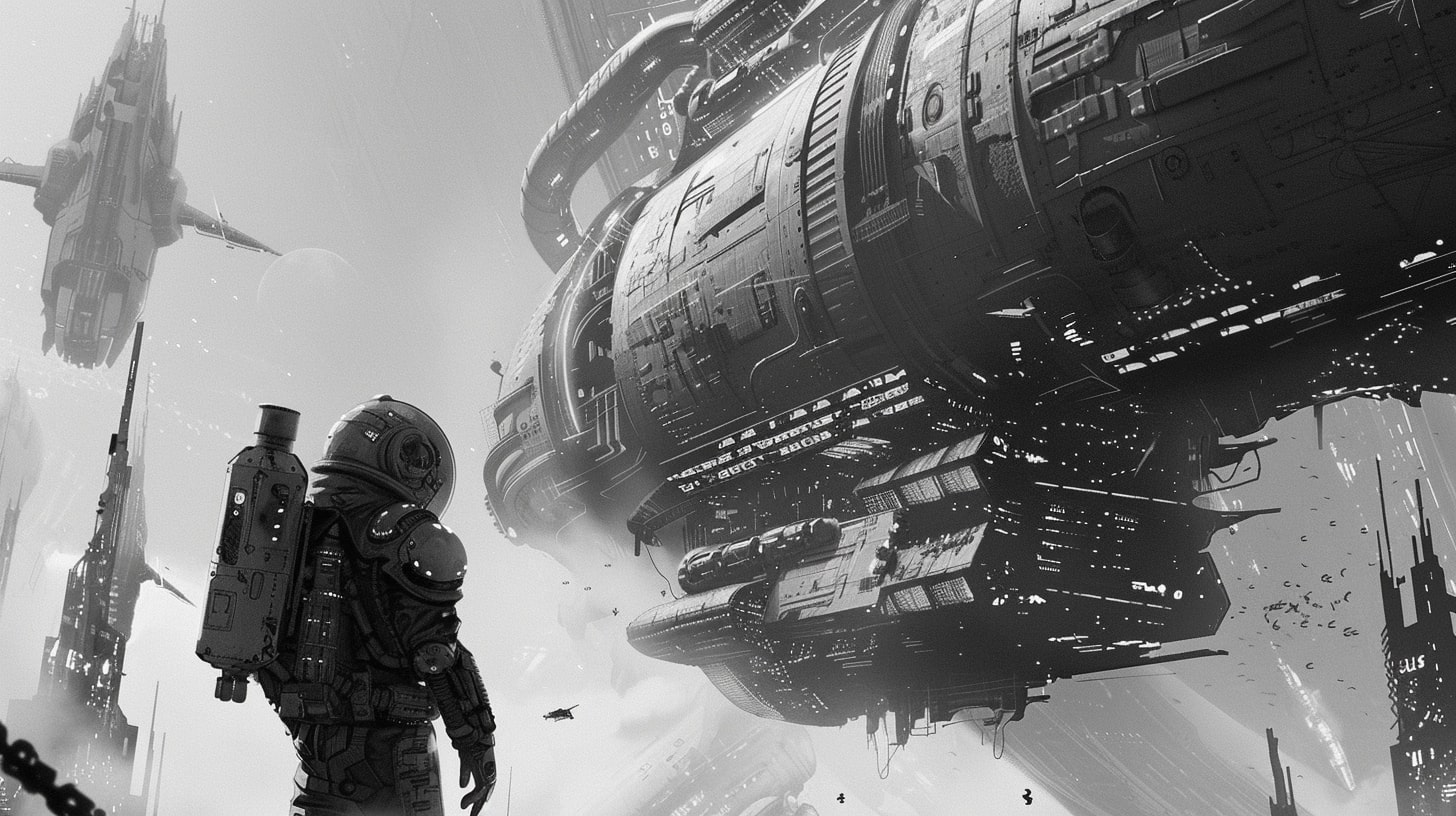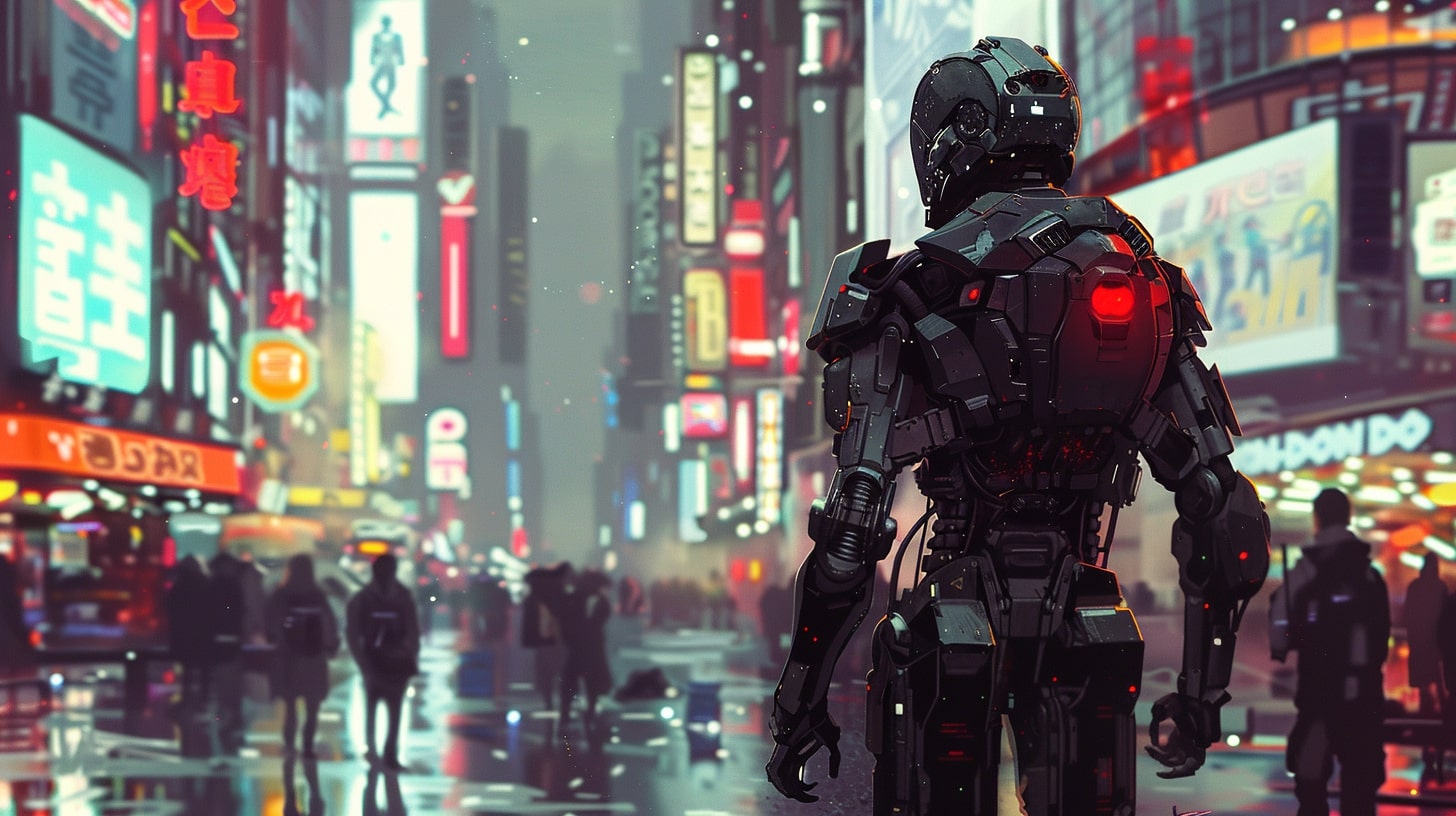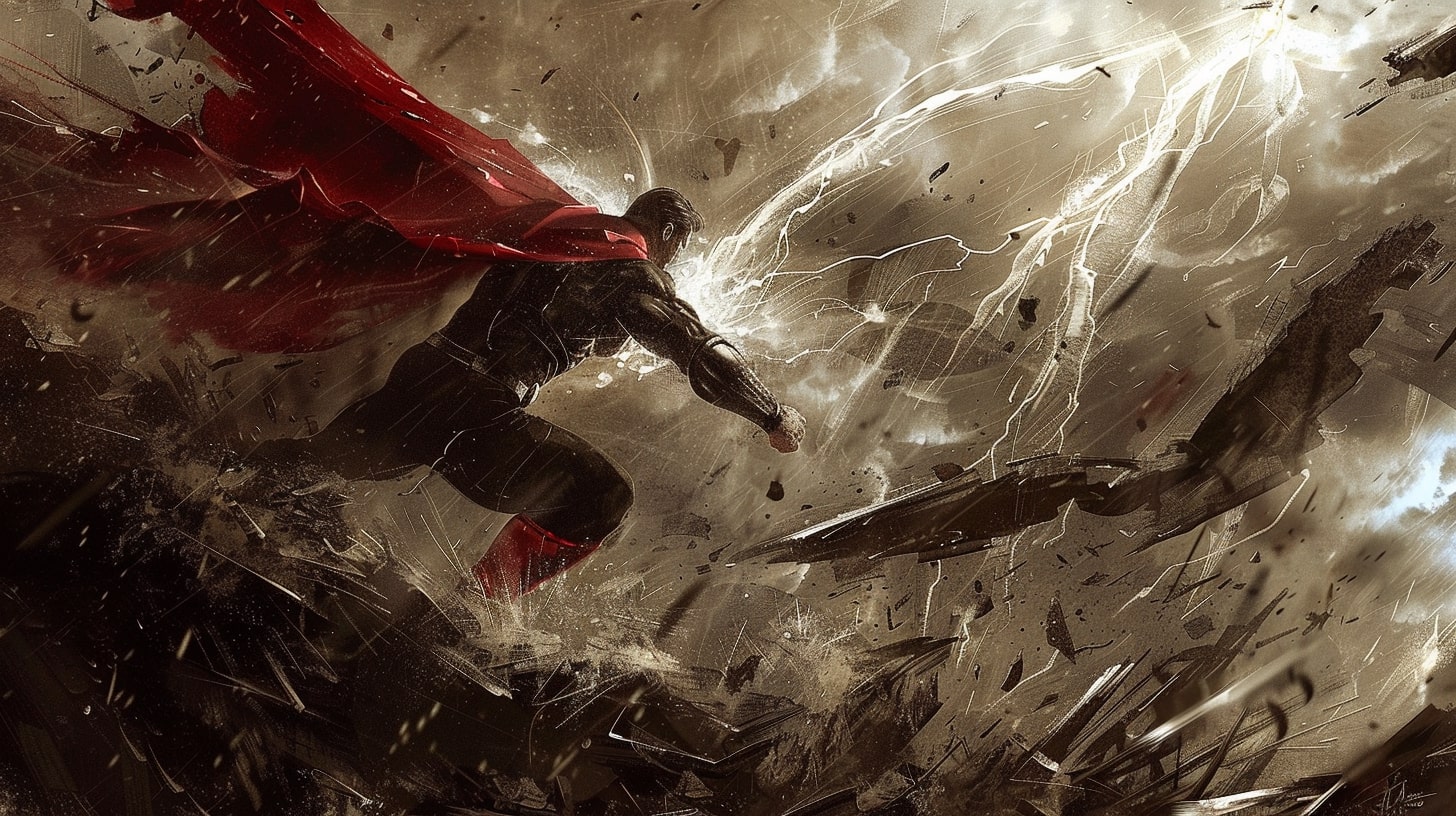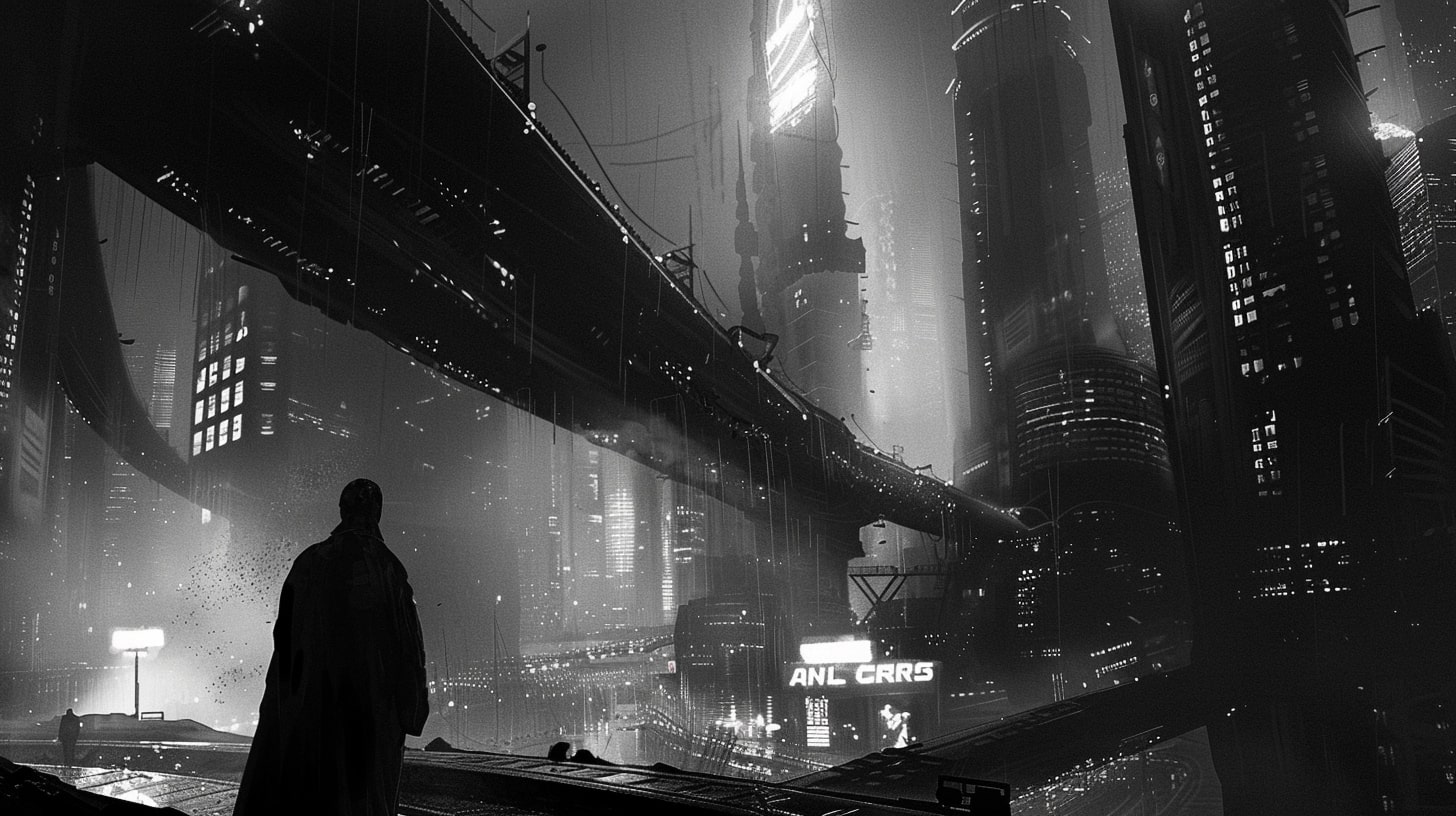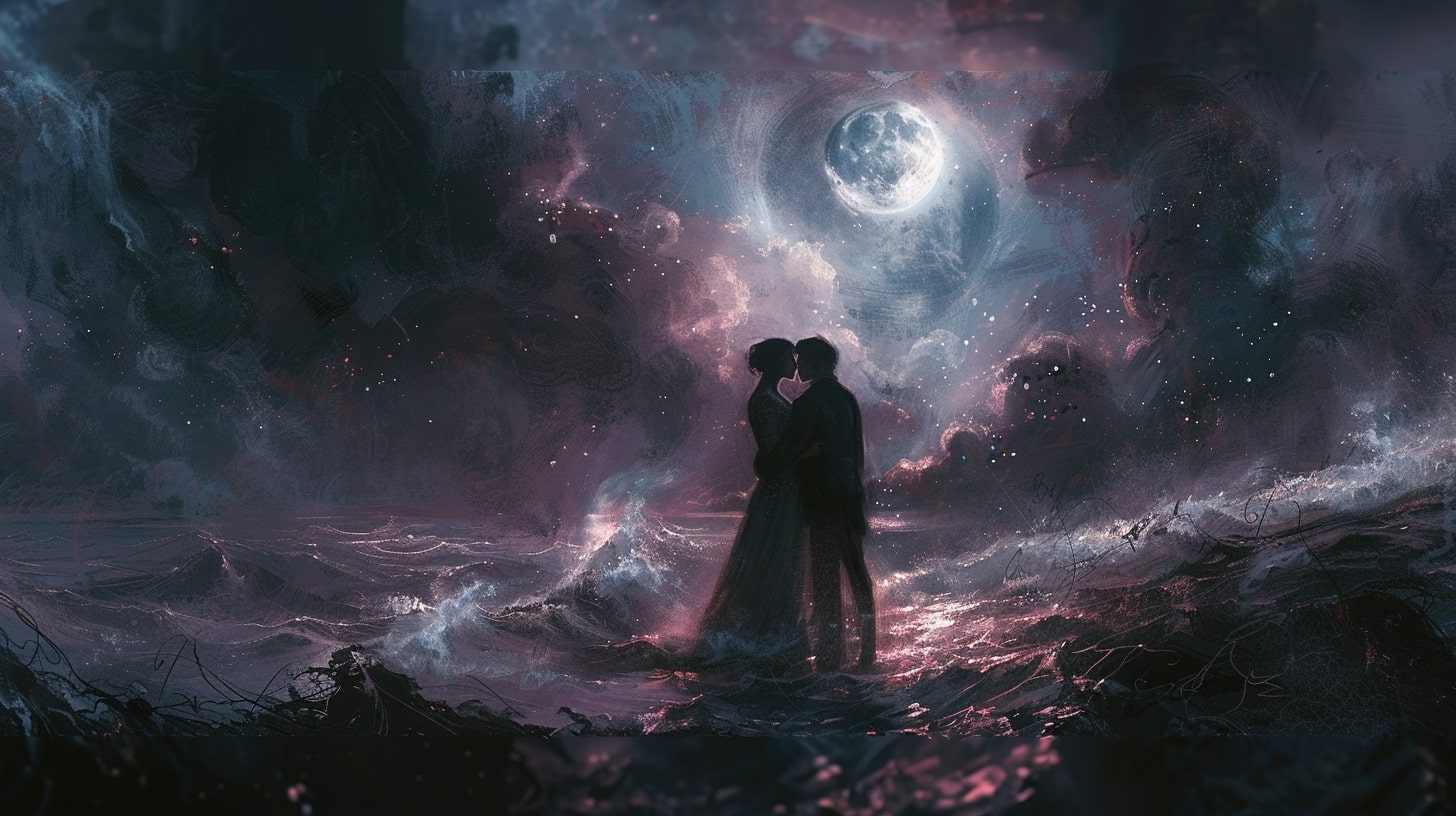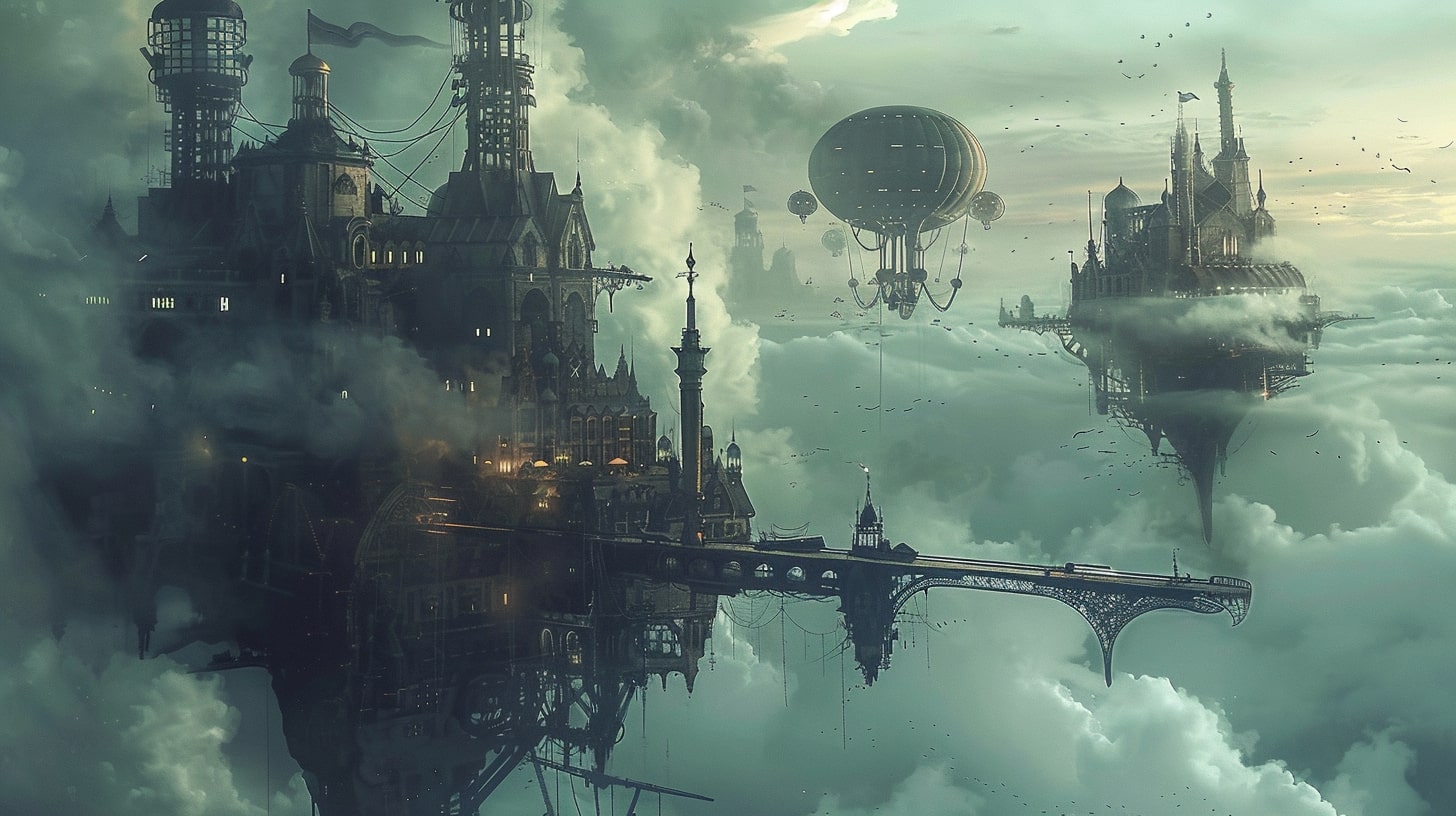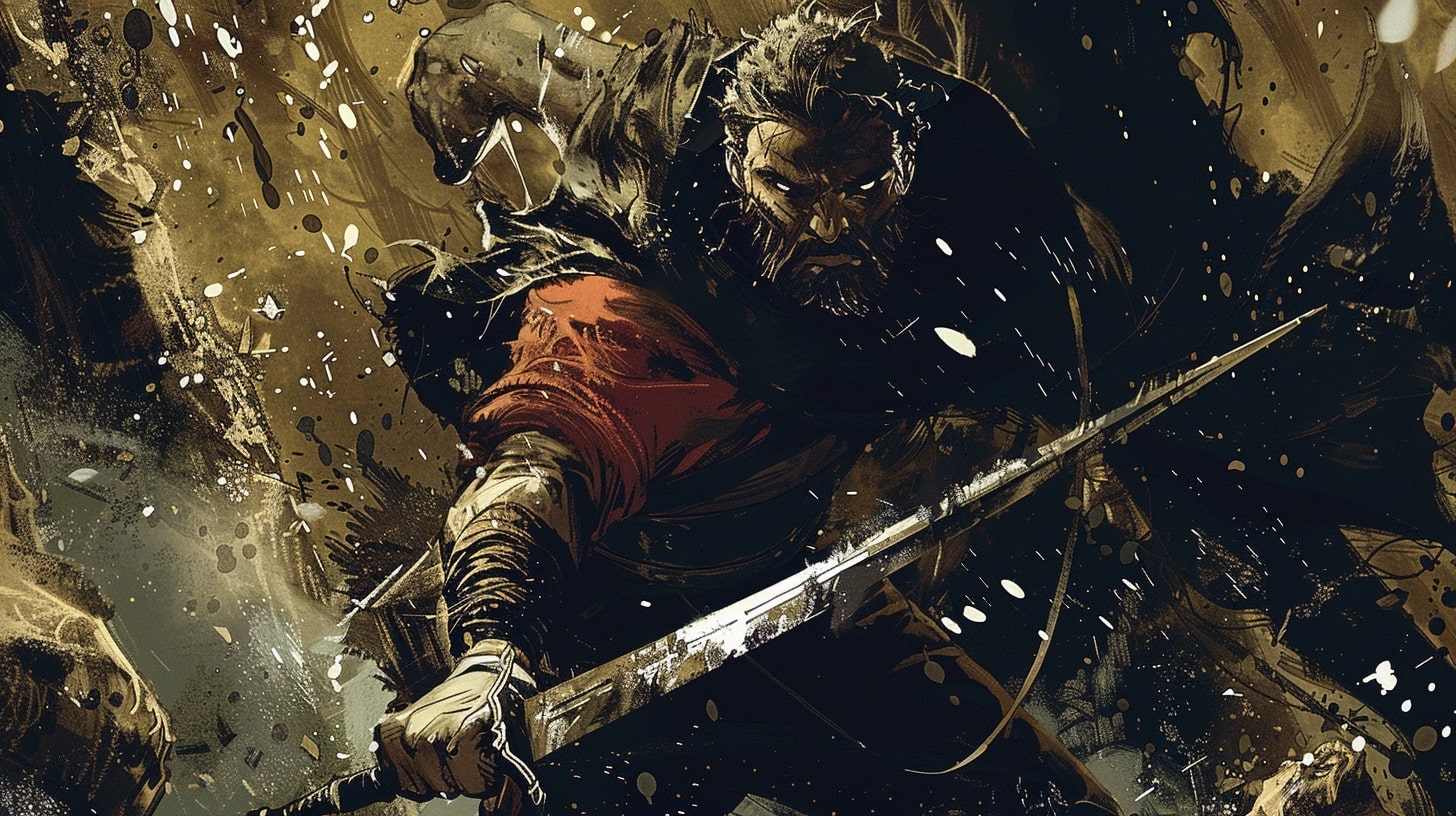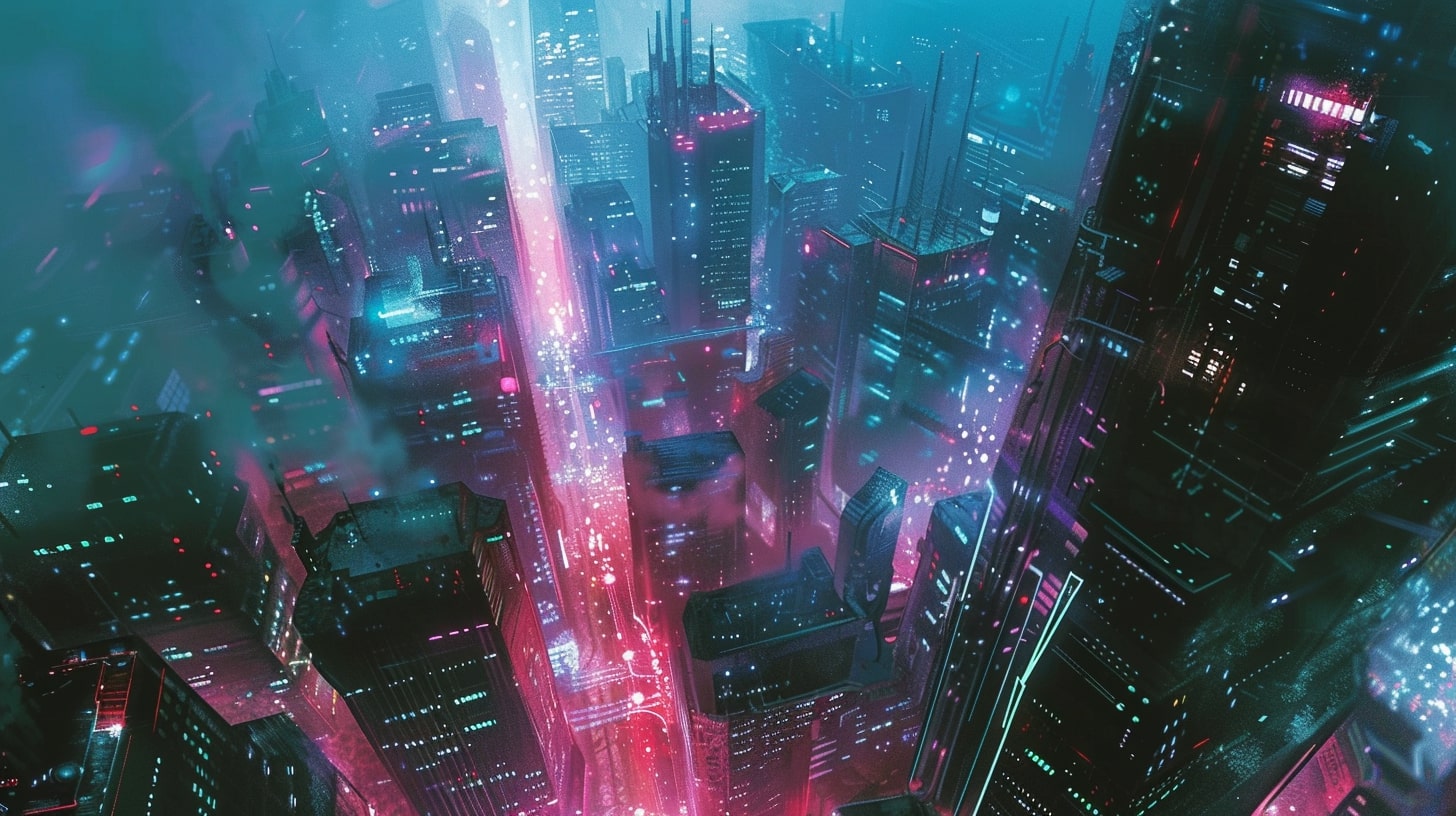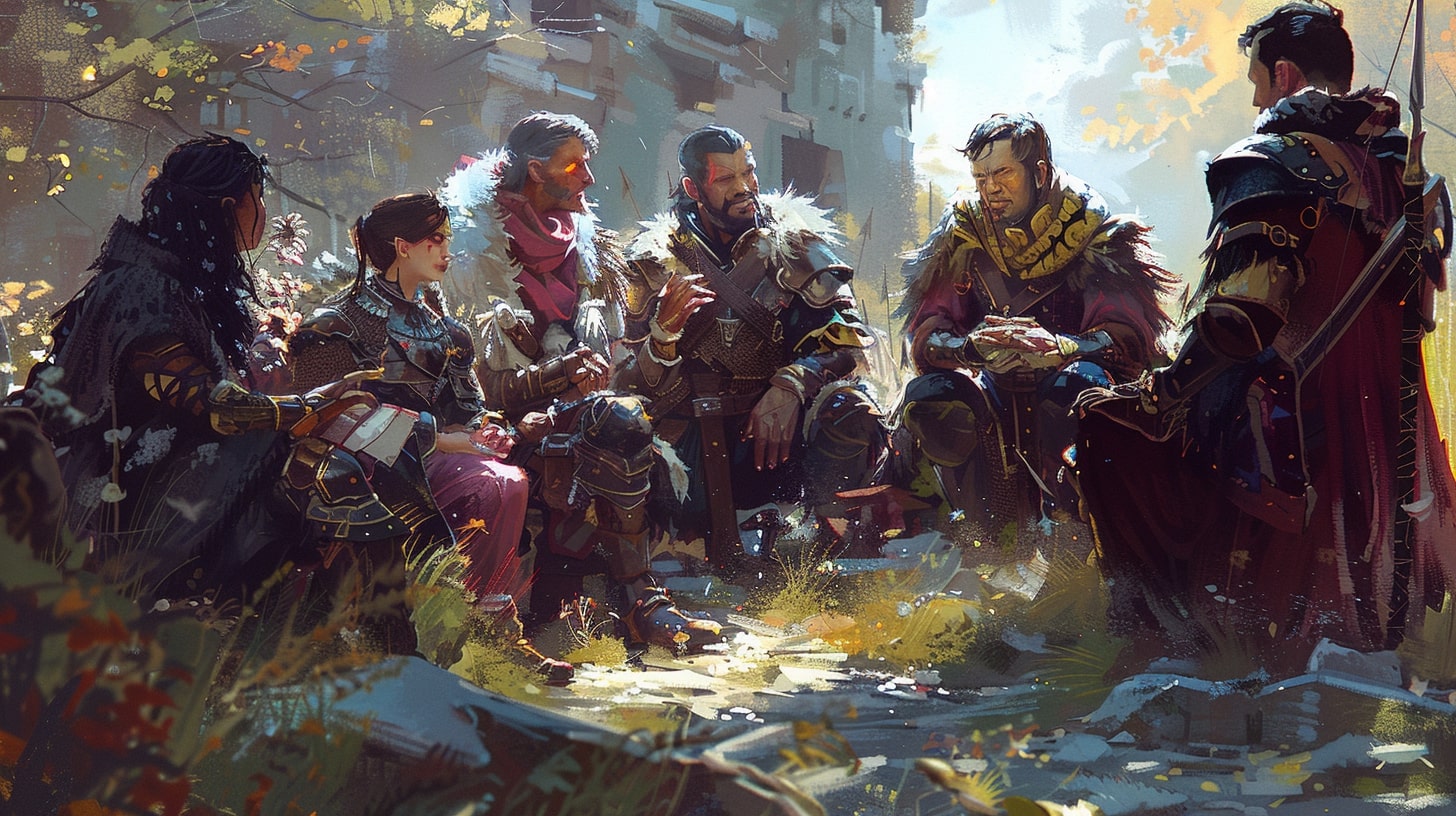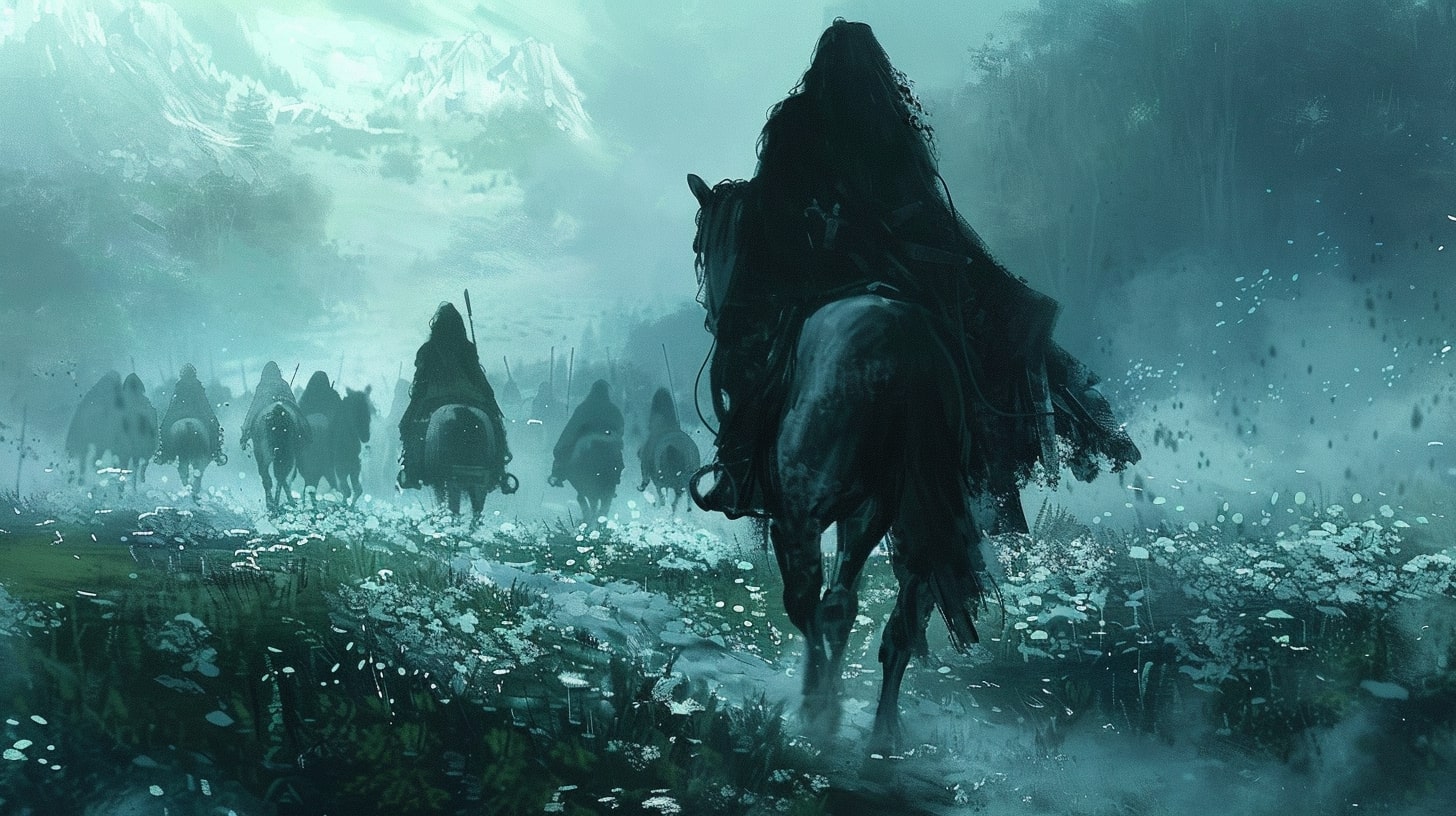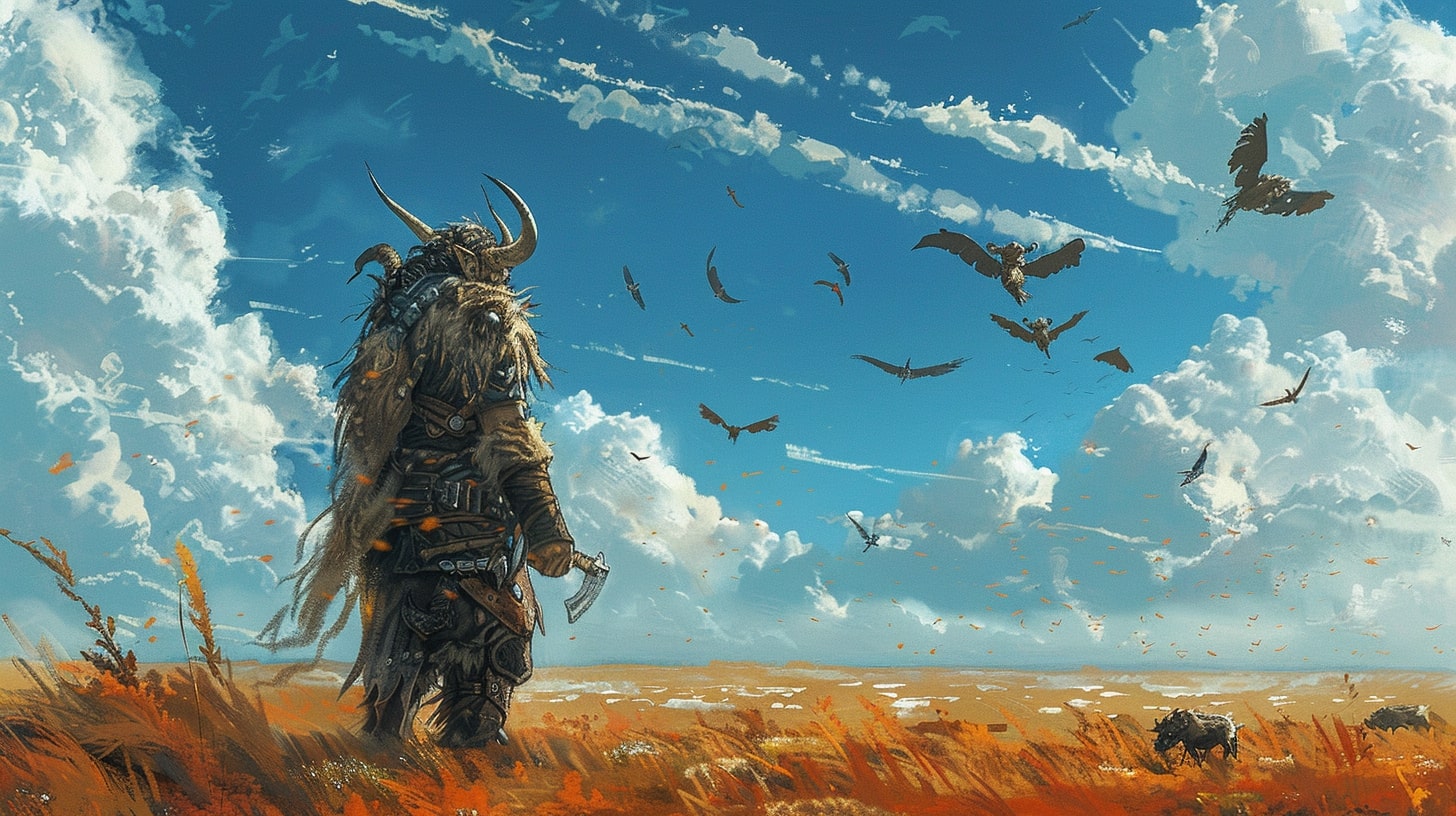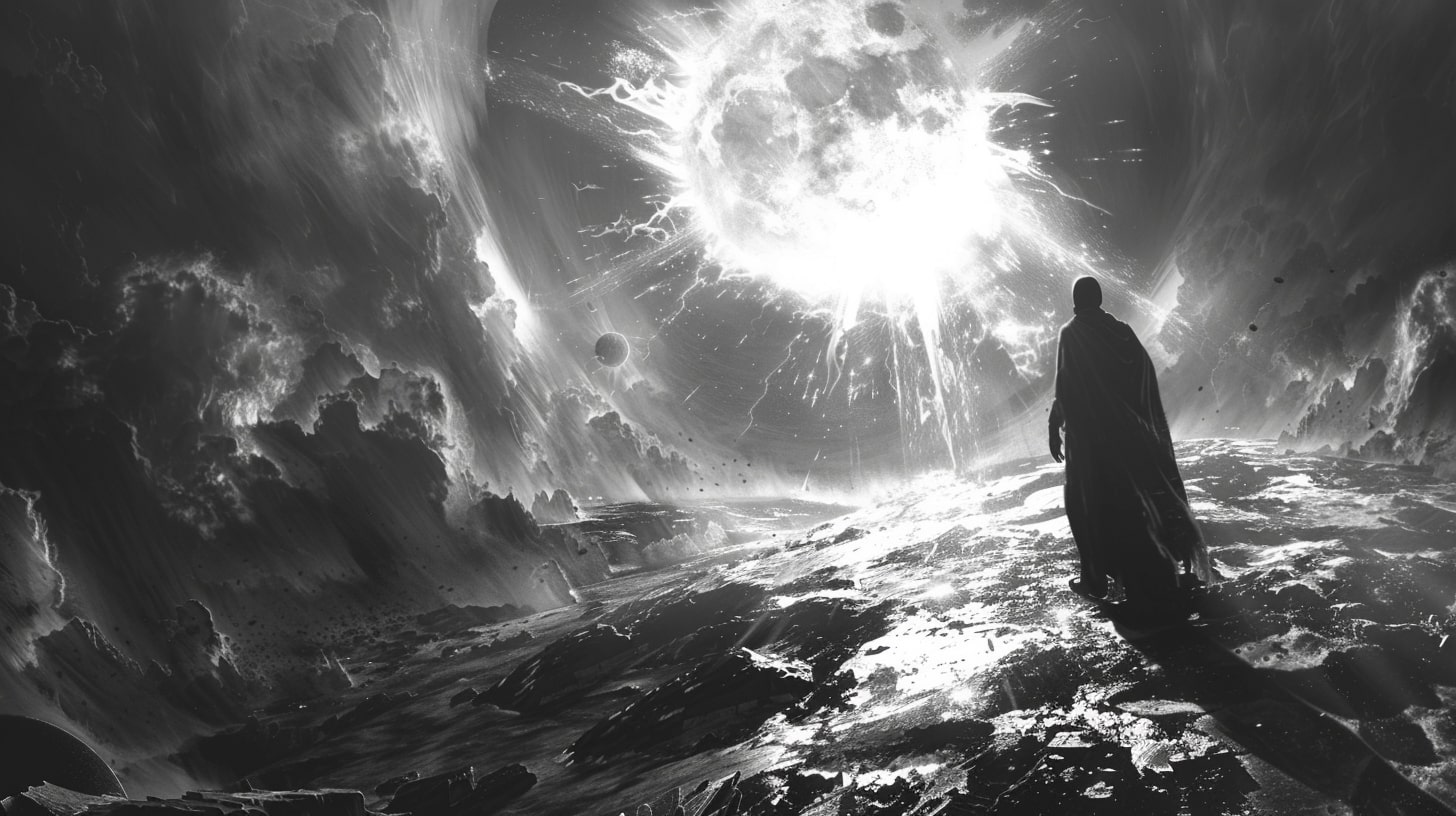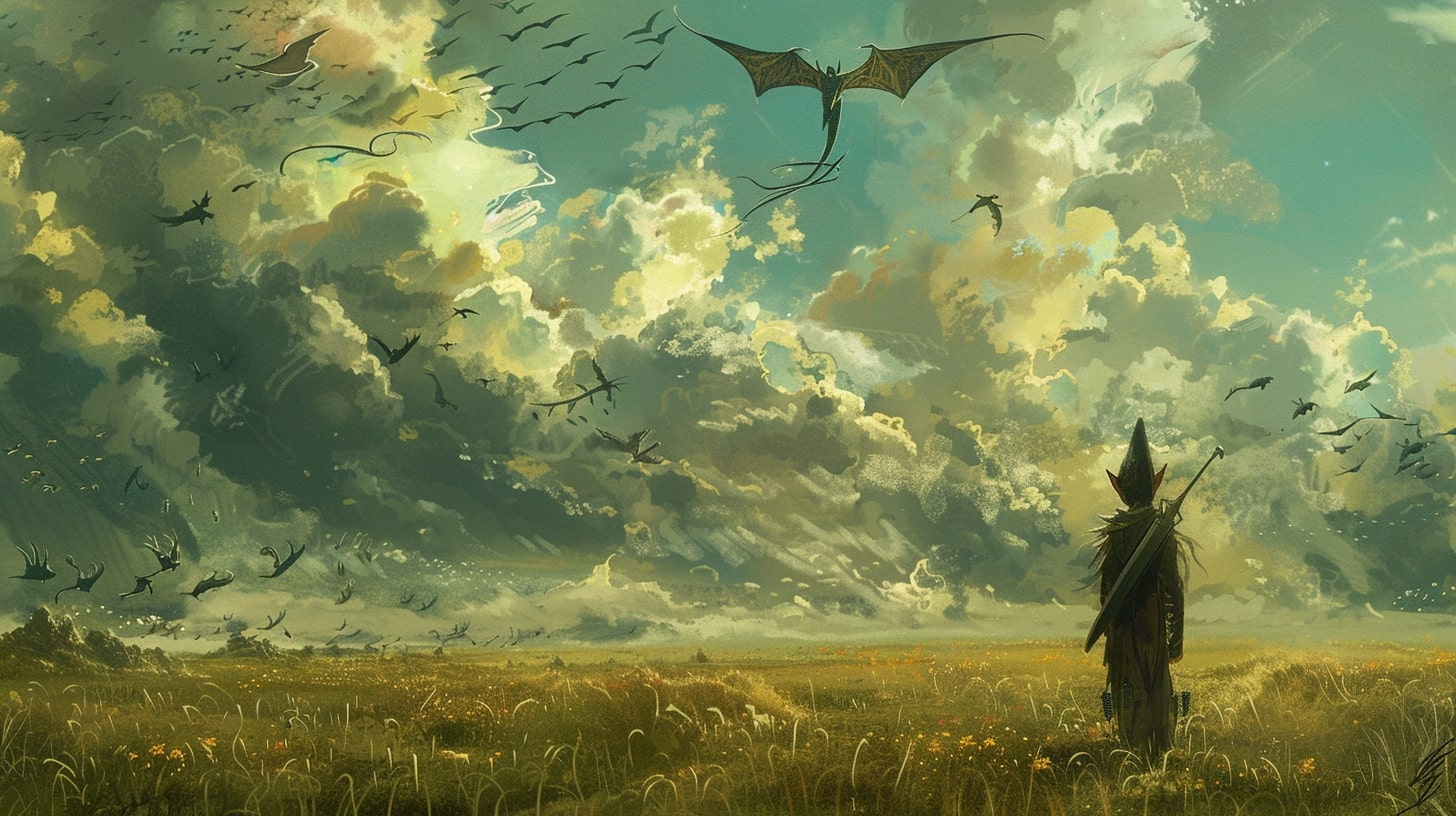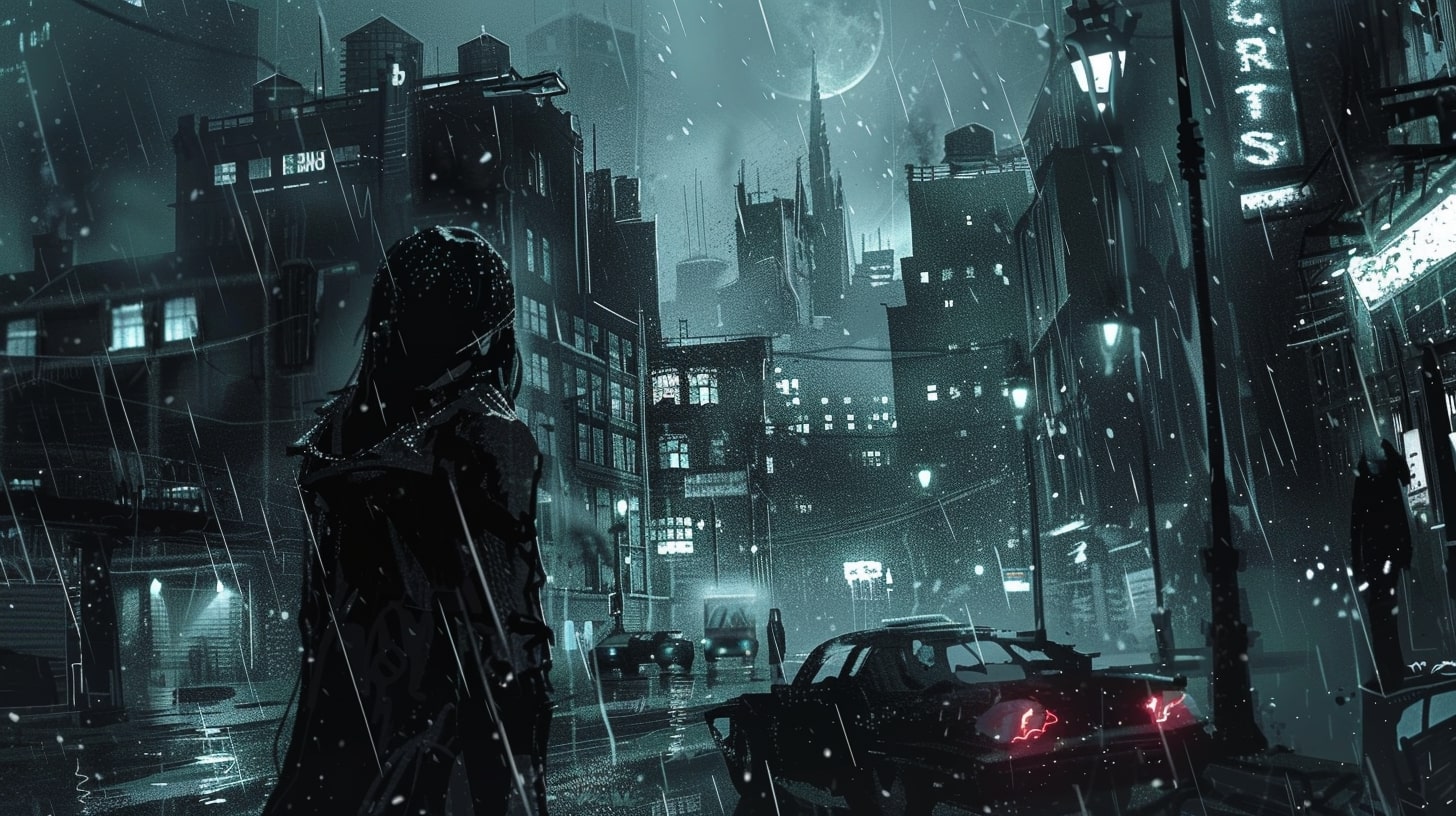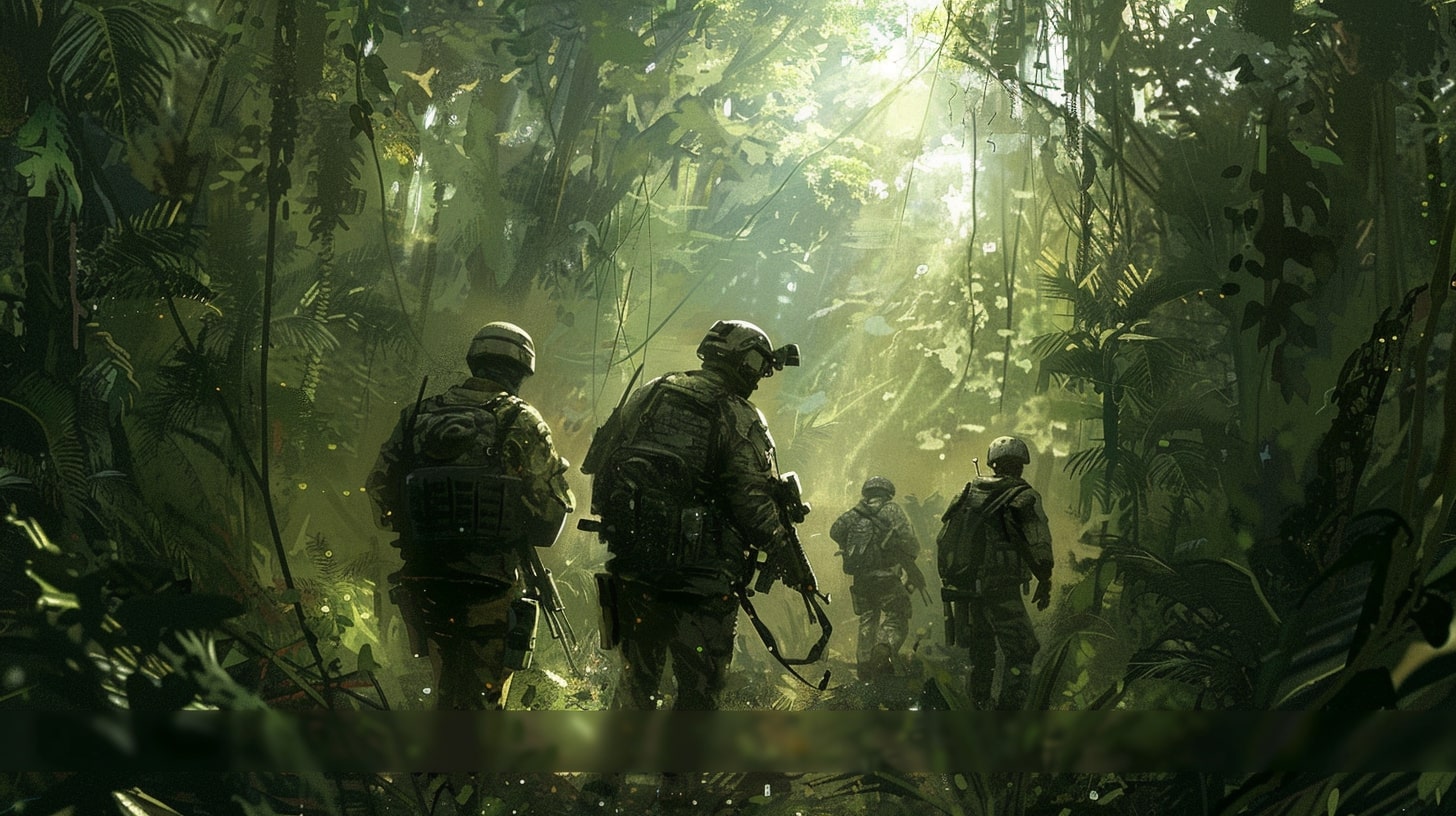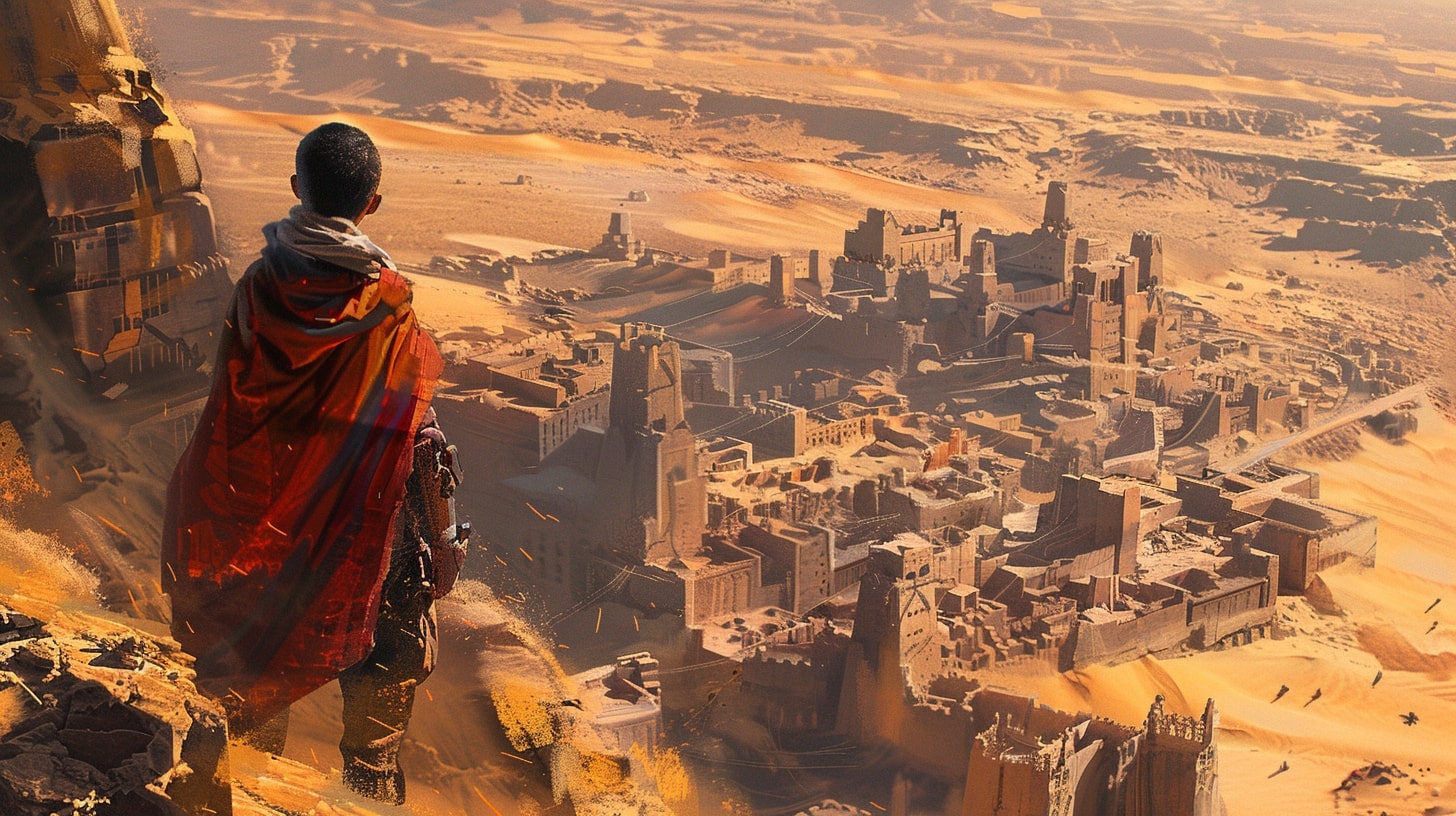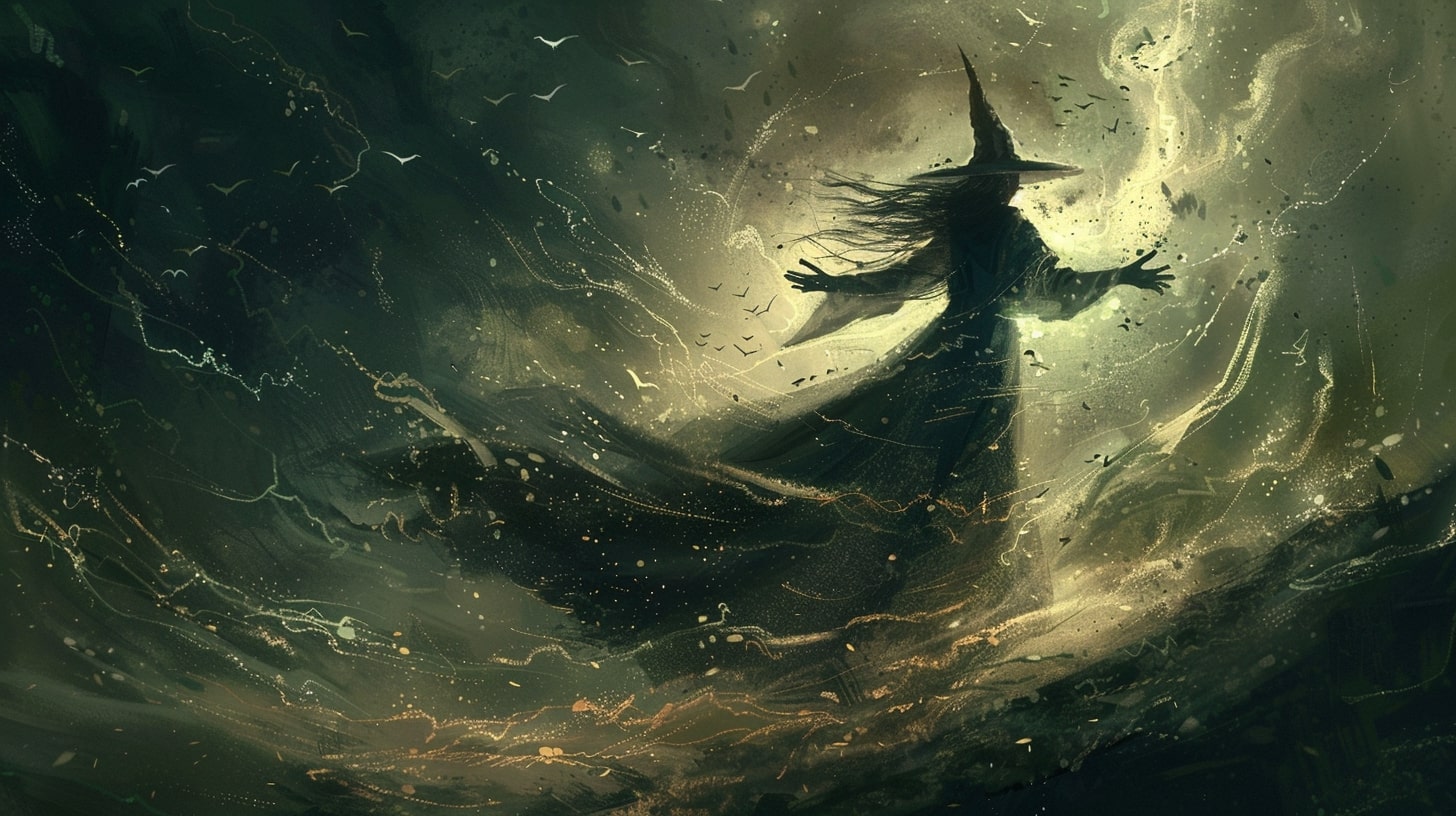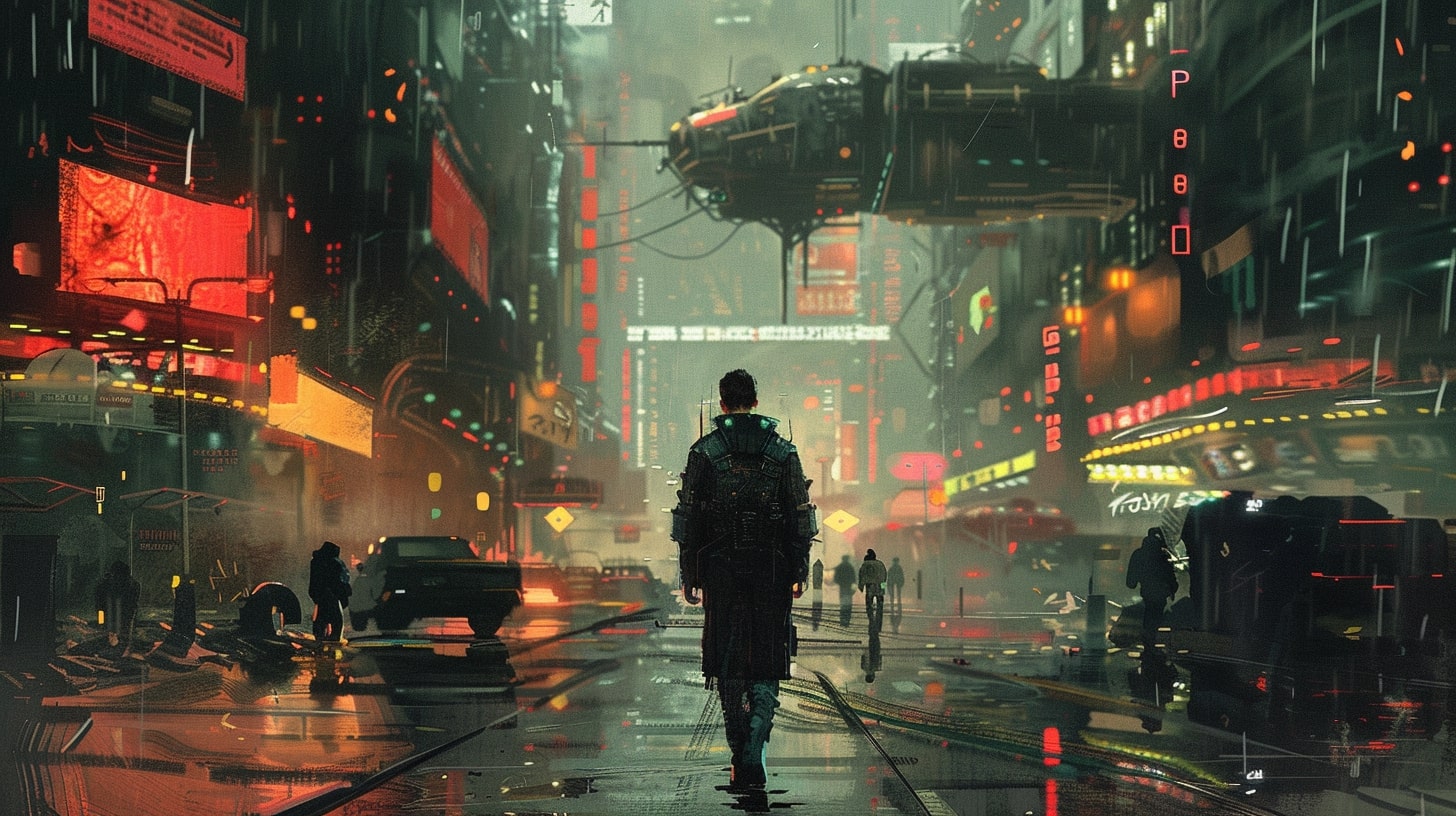Unleashing Your Imagination: Crafting Fantasy Creatures
Fantasy creatures have the power to transport readers to extraordinary realms filled with magic and wonder. As a writer, you have the ability to bring these creatures to life and create a world that captivates your readers' imaginations. Crafting fantasy creatures that are unique and extraordinary is an essential aspect of writing in the fantasy genre.
This is part of the joy of fantasy writing. Creating things that do not exist or even better, improving on those creatures that people already love.
The Magic of Fantasy Creatures
Fantasy creatures possess a certain allure that draws readers into your story. They embody the extraordinary and the fantastical, allowing readers to escape into a world beyond the boundaries of reality. These creatures can range from majestic dragons to mischievous fairies, from fearsome werewolves to wise and ancient elves. The possibilities are endless.
By creating unique fantasy creatures, you have the opportunity to shape a world that is entirely your own. These creatures can become symbols of power, sources of conflict, or even allies to your protagonists. They can add depth and complexity to your story, making it more compelling and memorable.
Why Crafting Unique Creatures Matters
Crafting unique fantasy creatures is vital because it sets your story apart from others in the genre. It allows you to create a distinct and immersive world that readers will want to explore. By introducing creatures that haven't been seen before, you can surprise and captivate your audience.
Moreover, unique creatures give you the opportunity to showcase your imagination and creativity as a writer. They allow you to push the boundaries of what is considered possible and create something truly extraordinary. Crafting these creatures shows that you have taken the time and effort to create a rich and detailed world, which can greatly enhance the reading experience.
When you take the time to carefully craft your fantasy creatures, you breathe life into your story. These creatures become more than just figments of your imagination; they become characters that readers can connect with and root for. They add depth and dimension to your world, making it feel real and tangible.
In the next sections, we will explore the basics of creature creation, including how to start with a concept, consider the environment and purpose of your creatures, draw inspiration from mythology and nature, define their physical features, and delve into their behavior and personalities. So grab your pen and let your imagination soar as you embark on the journey of crafting extraordinary fantasy creatures.
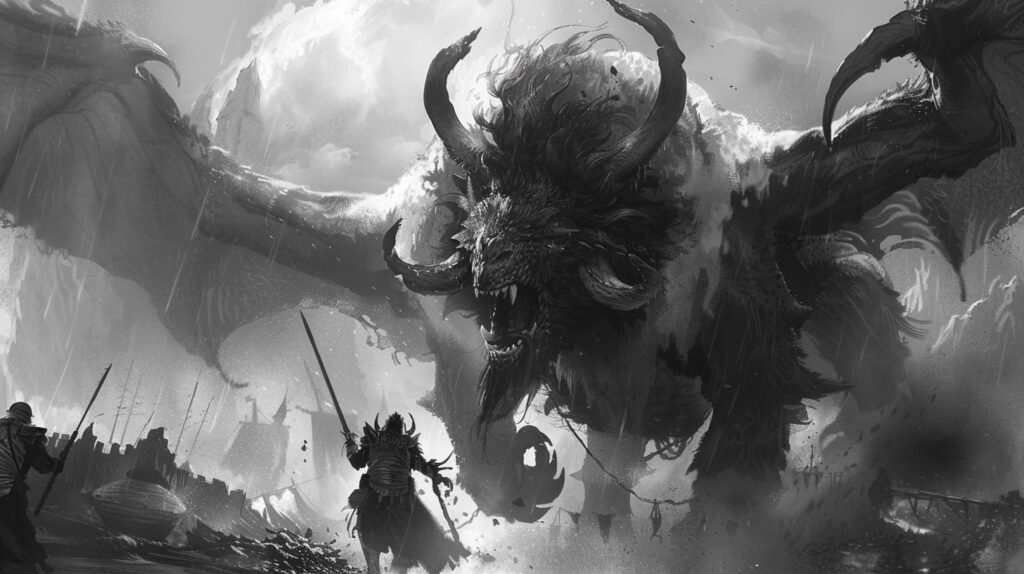
Creature Creation Basics
Creating compelling and imaginative fantasy creatures is a thrilling endeavor for any writer. To begin crafting extraordinary creatures, you should start with a concept, consider the environment and purpose of your creature, and draw inspiration from mythology and nature.
Start with a Concept
When embarking on the creation of a fantasy creature, it's essential to start with a clear concept in mind. This concept will serve as the foundation for your creature's unique attributes and characteristics.
Consider the qualities you want your creature to possess, such as its appearance, abilities, and role in your story. By visualizing your creature and its purpose, you'll have a solid starting point for further development.
Consider the Environment and Purpose
As you delve deeper into creature creation, it is important to consider the environment in which your creature will exist. Think about the habitat, climate, and ecosystem that your creature will inhabit.
A creature living in a dense forest may have adaptations, such as camouflage or enhanced agility, to navigate through the foliage. Similarly, a creature dwelling in the depths of the ocean may have bioluminescent features or specialized appendages for swimming.
Additionally, think about the purpose your creature serves within your story. Is it a fearsome antagonist, a helpful companion, or a mythical guardian? Understanding the role of your creature will influence its behavior, interactions, and significance to the overall narrative.
Drawing Inspiration from Mythology and Nature
To infuse your creature with depth and authenticity, draw inspiration from mythology and nature. Mythological creatures from various cultures can provide rich sources of inspiration. Explore legends, folklore, and mythical beasts to gain insights into the characteristics and symbolism associated with different creatures.
Nature itself is a treasure trove of inspiration. Observe the diverse forms, adaptations, and behaviors of real-life animals. Consider how certain animals have evolved to survive in their environments, and adapt these traits to your fantasy creature. Whether it's the grace of a deer, the strength of a bear, or the majestic wings of a bird, nature offers a myriad of possibilities to incorporate into your creature's design.
By starting with a concept, considering the environment and purpose, and drawing inspiration from mythology and nature, you can lay the groundwork for crafting captivating and authentic fantasy creatures. These basics will set you on a path to unlock the realm of possibilities and bring your extraordinary creatures to life in your stories. Happy creating!
Continue your journey into the realm of fantasy writing by exploring our articles on how to write fantasy novels and fantasy writing tips for further guidance and inspiration.

Anatomy and Physical Traits
When crafting fantasy creatures, one of the most exciting aspects is designing their unique anatomy and physical traits. These features not only contribute to their appearance but also play a crucial role in defining their abilities, behaviors, and place in the fictional world you are creating. In this section, we will explore the key steps in creating the physical attributes of your fantasy creatures.
Defining the Creature's Physical Features
Start by envisioning the overall appearance of your creature. Consider its size, shape, and distinctive characteristics. Does it have wings, horns, or multiple limbs? Is it covered in scales, fur, or feathers? Think about how these features align with the creature's environment, purpose, and role within your story.
To help you visualize your creature, create a table with columns for different physical features such as size, shape, limbs, appendages, skin, and any other relevant attributes. Use this table as a reference guide to ensure consistency in your creature's appearance as you write your story.
Exploring Different Body Structures
To make your fantasy creature more intriguing, experiment with different body structures. Consider the possibilities of having a creature with an elongated neck, a serpentine body, or an exoskeleton. Think about how these variations influence the creature's movement, hunting techniques, or interactions with other characters in your story.
As you brainstorm ideas for body structures, refer to our article on how to write fantasy novels for additional inspiration and tips.
Incorporating Unique Characteristics
To make your fantasy creature truly extraordinary, incorporate unique characteristics that set it apart from familiar creatures found in mythology or nature. This could involve giving your creature bioluminescent skin, the ability to change its color, or even the power to regenerate body parts.
Consider how these unique characteristics tie into the creature's behavior, survival mechanisms, or interactions with its environment. These distinctive attributes will help make your creature memorable and enhance its believability within the world you are building.
Throughout the process of crafting the anatomy and physical traits of your fantasy creatures, remember to refer back to your creature's purpose, environment, and role in your story. These factors will guide your decisions and ensure that your creatures are not only visually captivating but also serve a purpose within the narrative.
In the next section, we will explore how to develop the behavior and personality of your fantasy creatures, further adding depth and richness to their existence in your story.
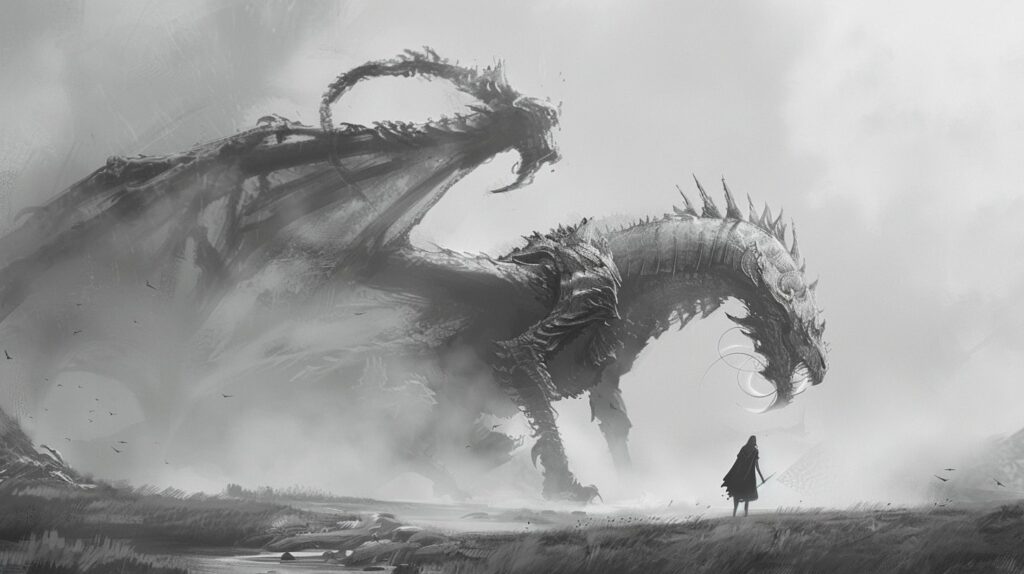
Behavior and Personality
When crafting fantasy creatures, their behavior and personality are essential elements that bring them to life in your story. By building a believable creature society, developing motivations and goals, and infusing personalities into your creatures, you can create compelling and relatable characters that resonate with your readers.
Building a Believable Creature Society
To make your fantasy creatures feel authentic, it's important to consider their society and how they interact with one another. Think about their social structure, hierarchy, and customs.
Are they solitary creatures or do they live in groups? Do they have distinct roles within their society, such as hunters, gatherers, or leaders? By exploring these aspects, you can create a coherent and immersive world for your creatures to inhabit.
Consider how the creature society impacts their behavior and interactions with other characters in your story. Do they have alliances or rivalries with other species? How do they communicate and resolve conflicts? These details add depth to your creatures and help readers understand their place in the larger story world.
Developing Motivations and Goals
Just like human characters, fantasy creatures should have motivations and goals that drive their actions. Ask yourself what drives your creatures. Are they motivated by survival, power, or a desire for knowledge? What are their ultimate goals, and what lengths are they willing to go to achieve them?
Understanding the motivations and goals of your fantasy creatures allows you to create conflict and tension within your story. It also helps to shape their behavior and decisions. By giving your creatures meaningful desires, you can make them more relatable and engaging to readers.
Infusing Personalities into Your Creatures
Infusing your fantasy creatures with unique personalities is a crucial step in making them memorable and captivating. Consider their individual quirks, strengths, weaknesses, and emotional traits. Are they brave, cautious, mischievous, or wise? How do their personalities influence their relationships and actions?
To effectively convey the personalities of your creatures, use descriptive writing techniques. Show their traits through their actions, dialogue, and interactions with other characters.
Use vivid language and imagery to paint a picture of their appearance, mannerisms, and expressions. By evoking emotions through your creature descriptions, you can engage your readers and make them emotionally invested in your story.
Crafting the behavior and personality of your fantasy creatures is an exciting opportunity to unleash your creativity and captivate your readers. By building a believable creature society, developing motivations and goals, and infusing unique personalities into your creatures, you can create extraordinary beings that will truly come to life within the pages of your story.
Worldbuilding and Integration
To create a captivating fantasy world, integrating creatures into your story world is essential. The presence of unique and fantastical creatures can add depth and intrigue to your narrative. In this section, we will explore how you can seamlessly incorporate these creatures into your story.
Integrating Creatures into Your Story World
When introducing fantasy creatures into your story, it's crucial to consider how they fit into the larger context of your world. Ask yourself questions like:
- What is the ecosystem like in your world? Are there specific habitats or regions where these creatures thrive?
- Do these creatures have a specific role or purpose within the world? Are they seen as guardians, companions, or threats?
- How do the creatures interact with other elements of your world, such as magic systems, cultures, or races?
By considering these factors, you can create a cohesive and immersive world where your creatures seamlessly coexist with other story elements. For more tips on worldbuilding, check out our article on creating a fantasy world.
Considering the Impact on the Plot
Fantasy creatures can have a significant impact on the plot of your story. They can serve as catalysts for conflict, sources of knowledge or power, or even allies to the main characters. Think about how the presence of these creatures affects the overall narrative and the development of your protagonist's journey.
For example, a quest to find a rare mythical creature could drive the main character's actions and shape the trajectory of the plot. Alternatively, the discovery of a hidden civilization of creatures might introduce new challenges or alliances that propel the story forward.
Creating Interactions with Other Characters
The interactions between your fantasy creatures and other characters in your story can deepen the richness of your narrative. Consider how these creatures interact with your protagonist, supporting characters, or even antagonists.
- Are there specific cultures or societies that have a close bond with certain creatures?
- Do your characters have personal connections or relationships with these creatures?
- How do other characters perceive and react to the presence of these creatures?
By exploring these dynamics, you can create compelling relationships and conflicts that add emotional depth to your story. For more guidance on developing well-rounded fantasy characters, take a look at our article on developing fantasy characters.
Integrating creatures into your story world requires thoughtful consideration of their place within the larger context of your narrative. By carefully crafting their role, impact on the plot, and interactions with other characters, you can bring your fantasy world to life and create an extraordinary reading experience for your audience.
Bringing Your Creatures to Life
Now that you have crafted extraordinary fantasy creatures, it's time to bring them to life through descriptive writing techniques. Creating vivid imagery and evoking emotions through your creature descriptions will captivate your readers and immerse them in your fantastical world. Here are some tips to help you master this crucial aspect of fantasy writing.
Descriptive Writing Techniques
To effectively describe your fantasy creatures, employ a variety of descriptive writing techniques. Use sensory details to engage your readers' senses and transport them into your story. Describe the appearance, movement, and sounds of your creatures, allowing your readers to visualize and experience them alongside your characters.
Additionally, employ figurative language techniques such as metaphors and similes to create striking comparisons that enhance your descriptions. For example, you can describe the majestic wings of a dragon as "glistening like polished obsidian" or the fur of a magical creature as "soft as freshly fallen snow." These comparisons add depth and richness to your creature descriptions.
Using Vivid Language and Imagery
Choose your words carefully to create vivid and evocative descriptions. Select powerful adjectives and adverbs that convey the unique qualities and characteristics of your creatures. Instead of simply stating that a creature is "large," you could describe it as "towering," "colossal," or "enormous."
Incorporate sensory imagery to paint a vivid picture in your readers' minds. Describe the texture of your creature's scales, the sound of its roar, the scent of its breath, or the taste of its venom. By engaging multiple senses, you can make your creature descriptions more immersive and memorable.
Evoking Emotions through Creature Descriptions
Don't forget to tap into the emotional aspect of your creature descriptions. Consider how your characters and readers might feel when encountering these creatures.
Does the sight of a majestic unicorn inspire awe and wonder? Does the presence of a sinister creature evoke fear and unease? Infuse your descriptions with emotional cues to create a stronger connection between your readers and your fantastical creations.
By employing descriptive writing techniques, using vivid language and imagery, and evoking emotions through your creature descriptions, you can truly bring your fantasy creatures to life on the page. Your readers will be enchanted by the depths of your imagination and the richness of your world-building.
Continue to explore other aspects of fantasy writing, such as crafting fantasy adventures and outlining a fantasy novel to enhance your storytelling skills. Remember, the realm of possibilities is boundless when it comes to crafting extraordinary fantasy creatures!

